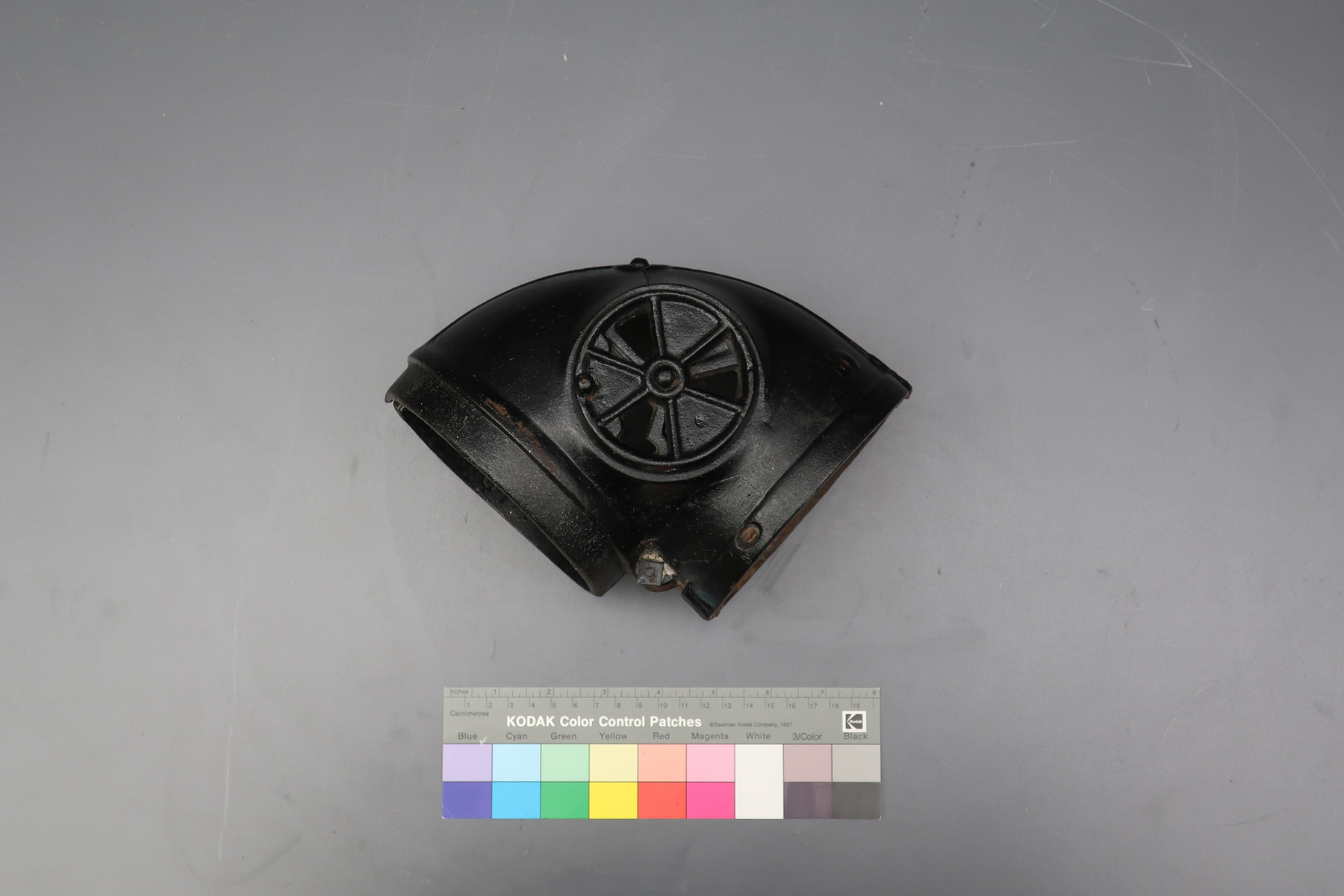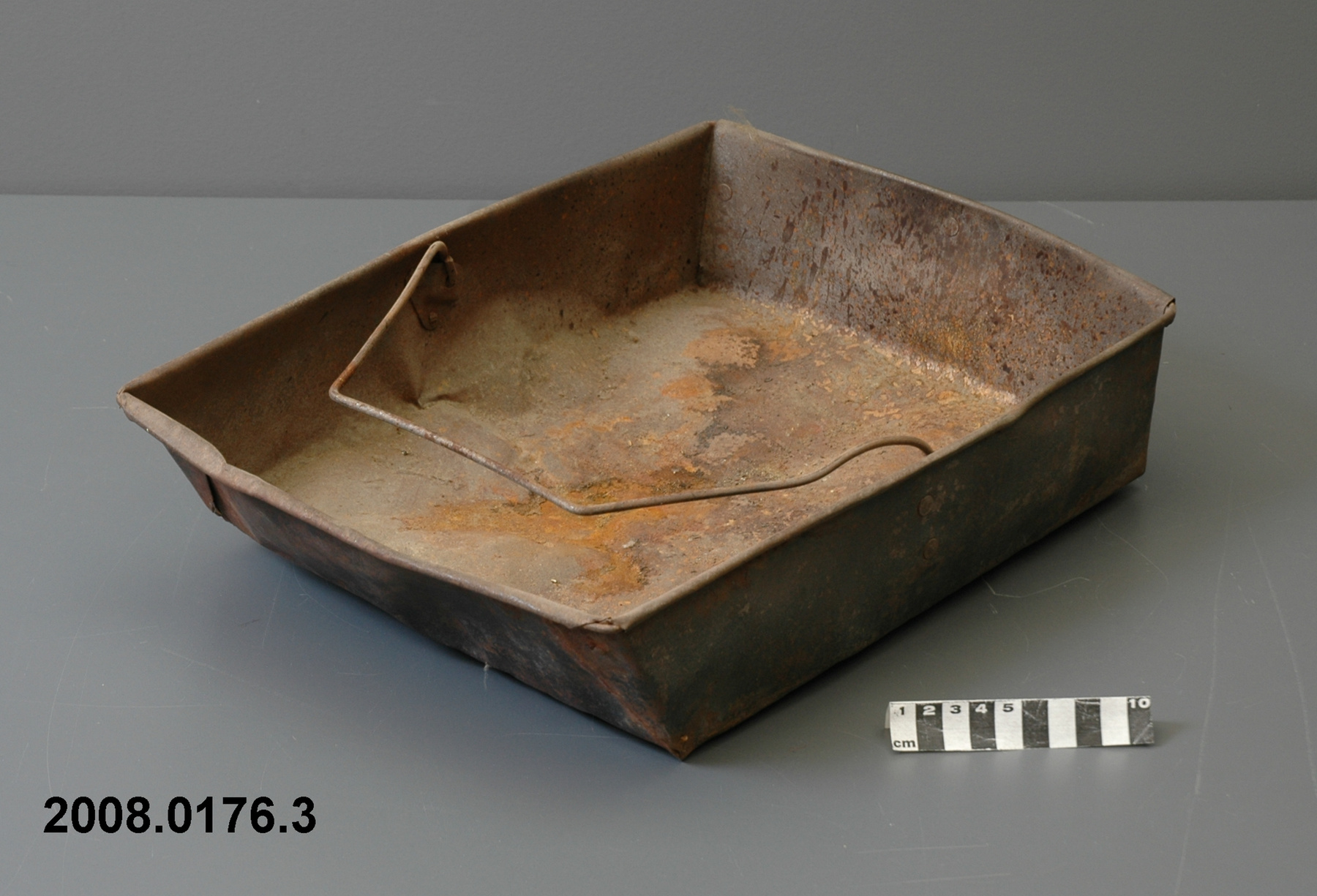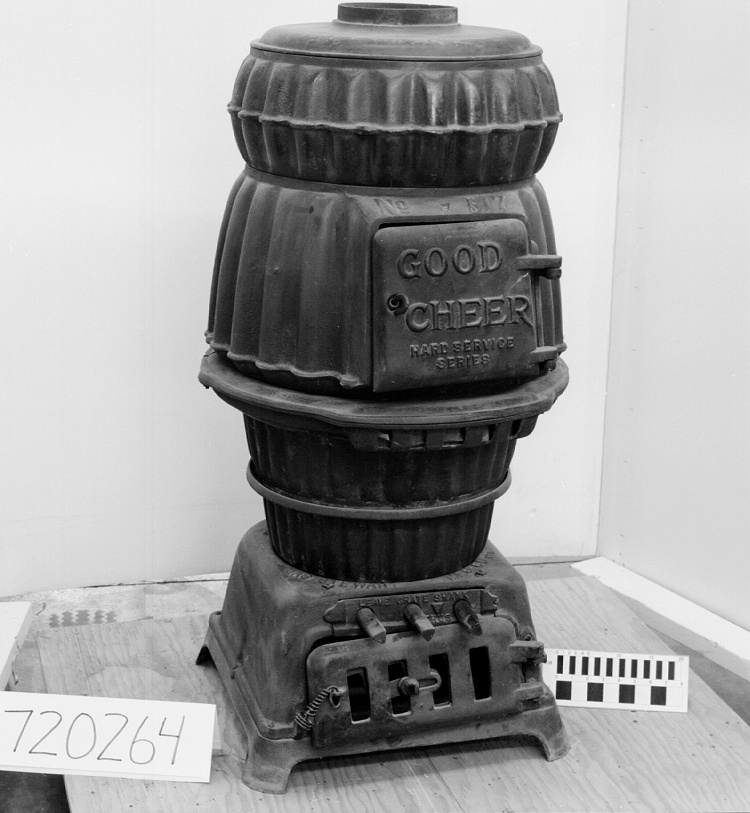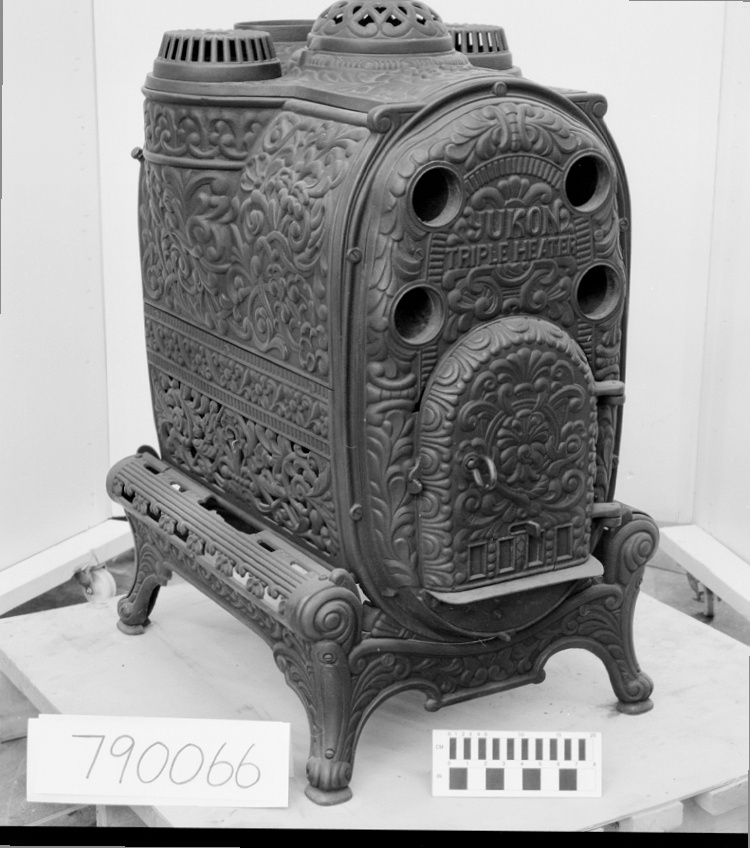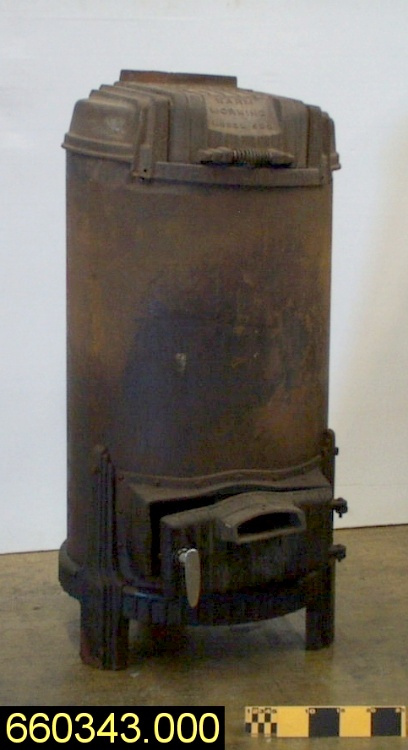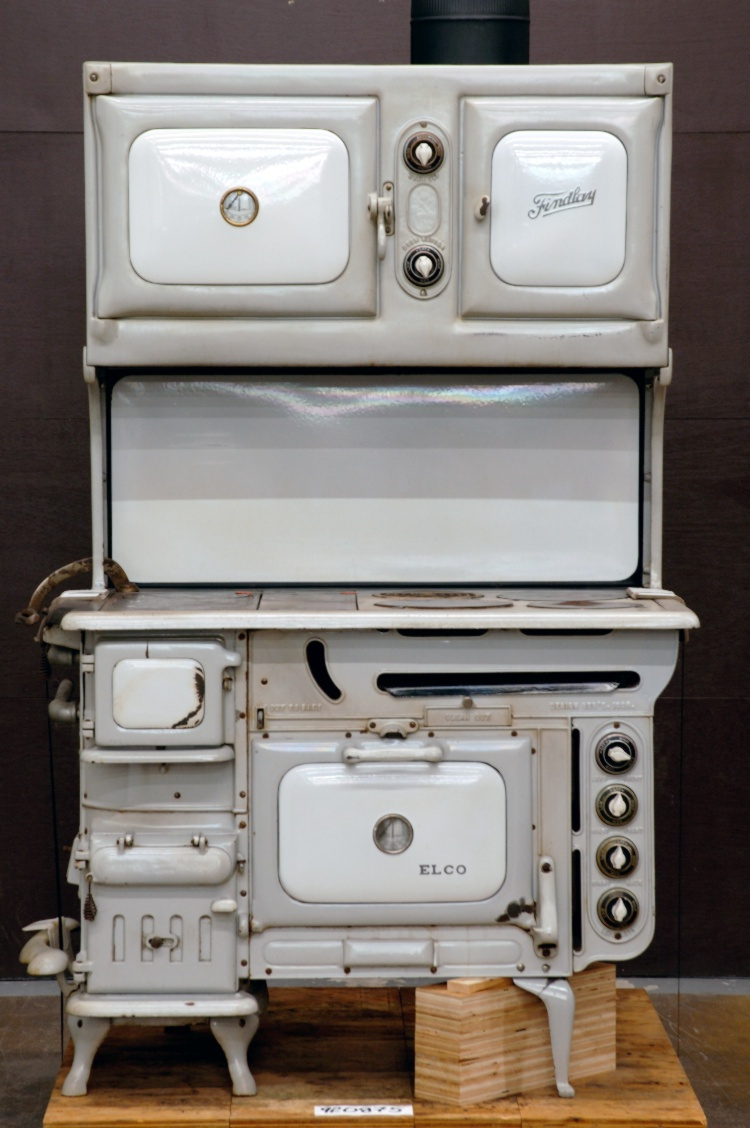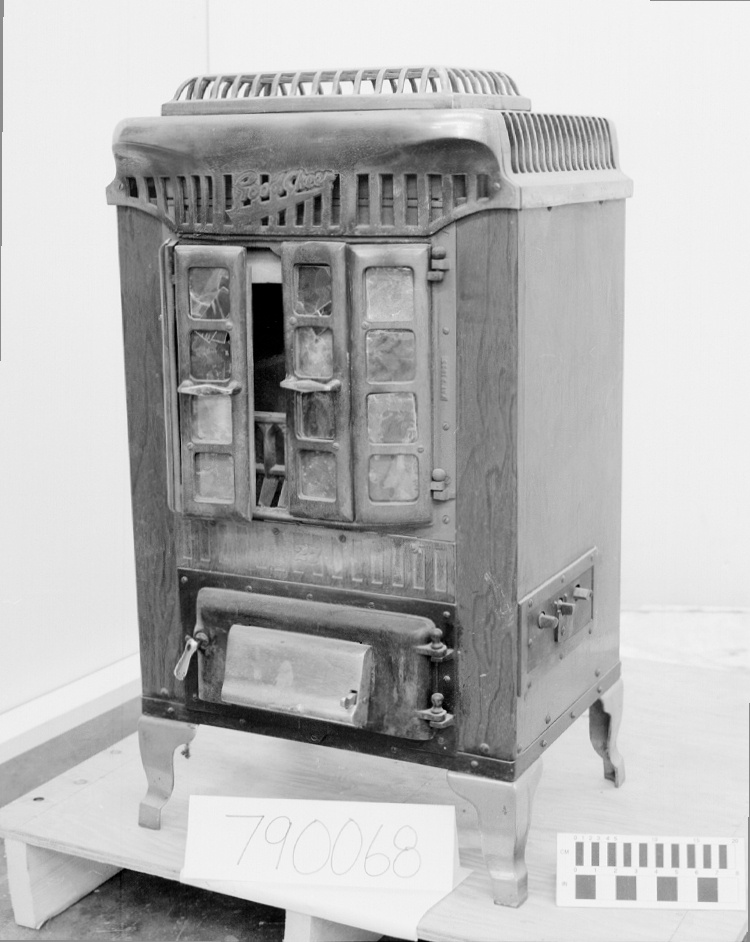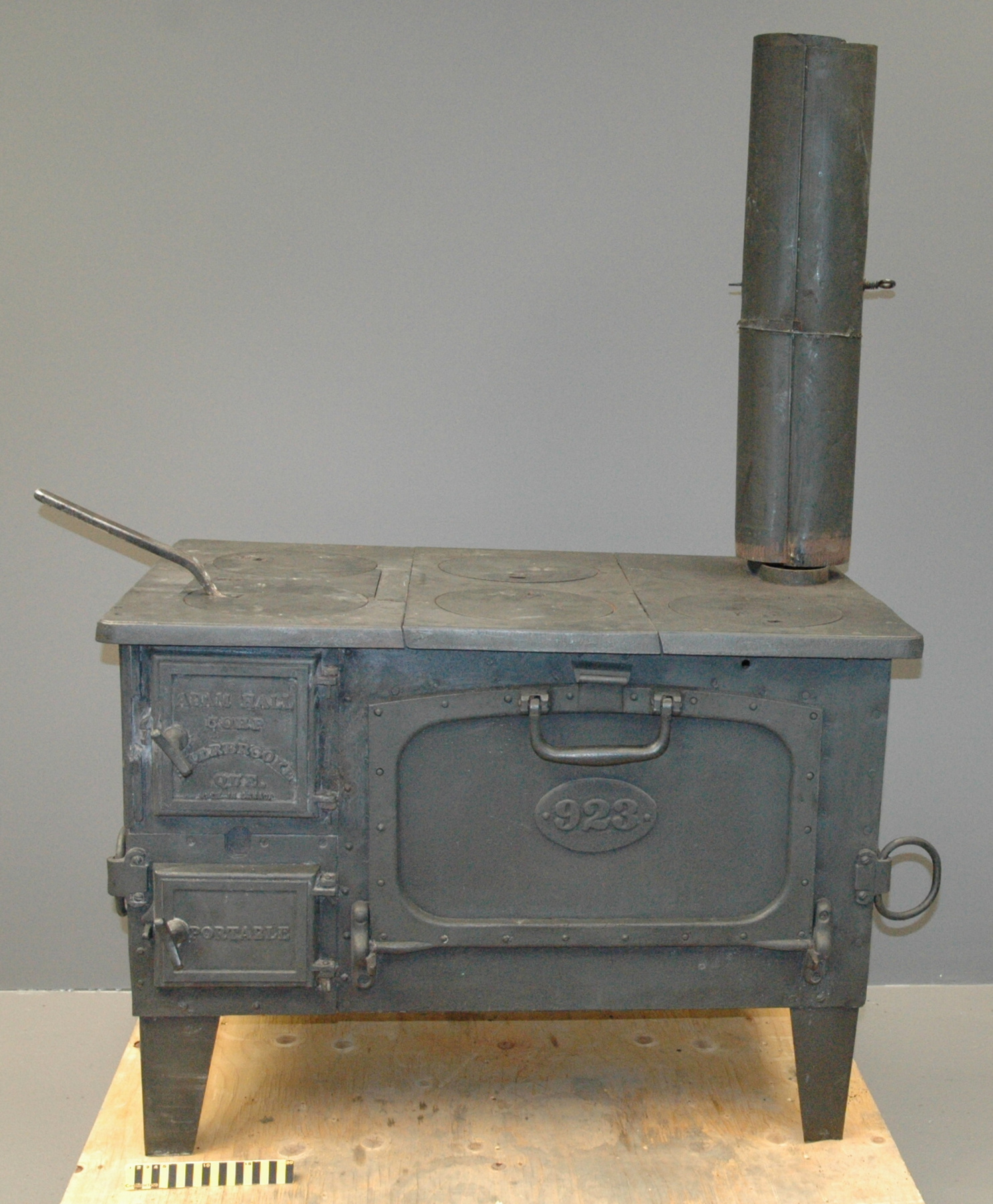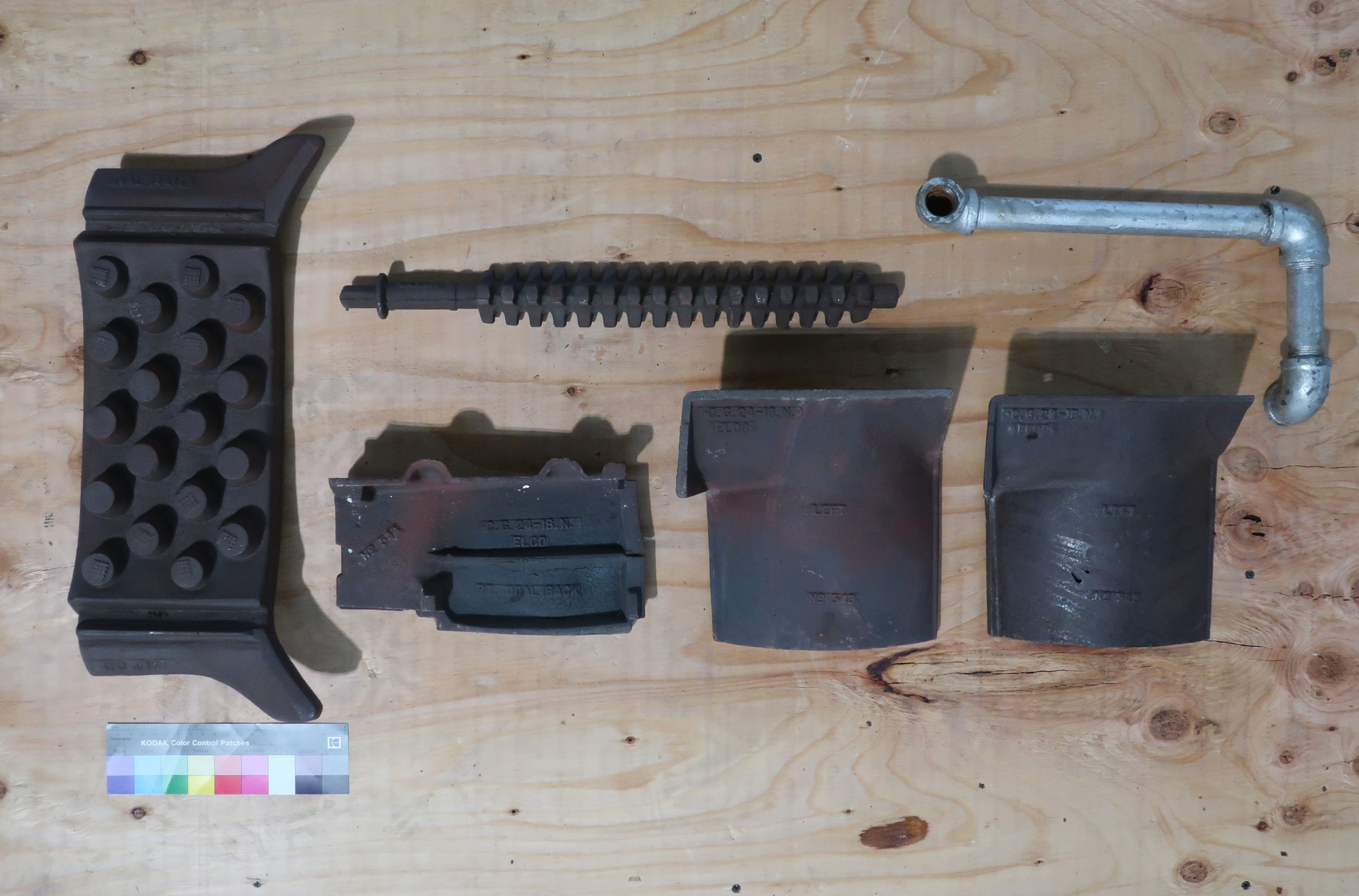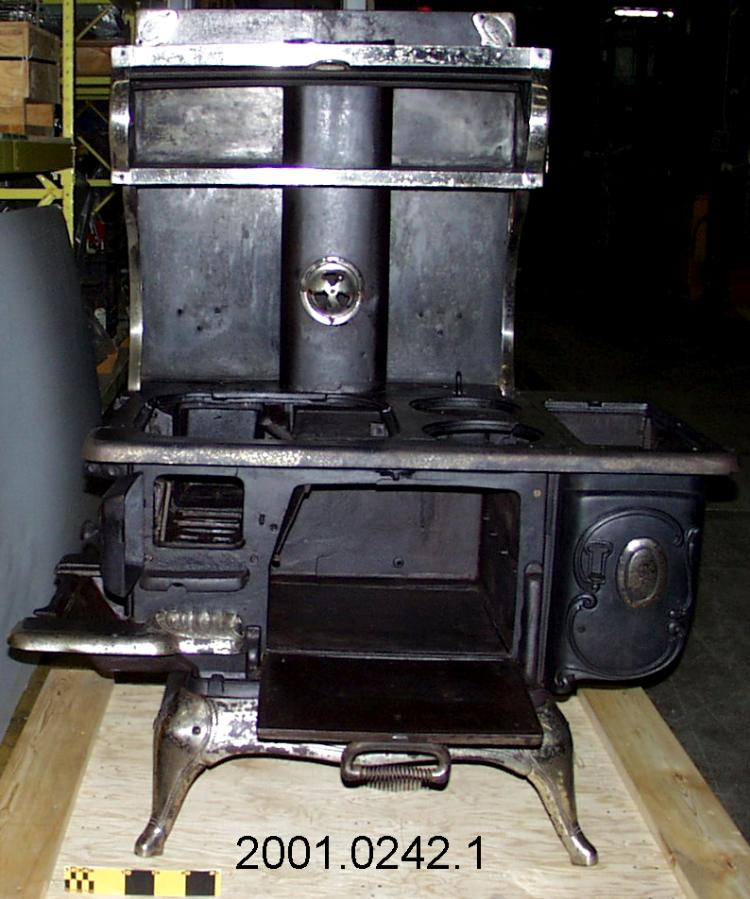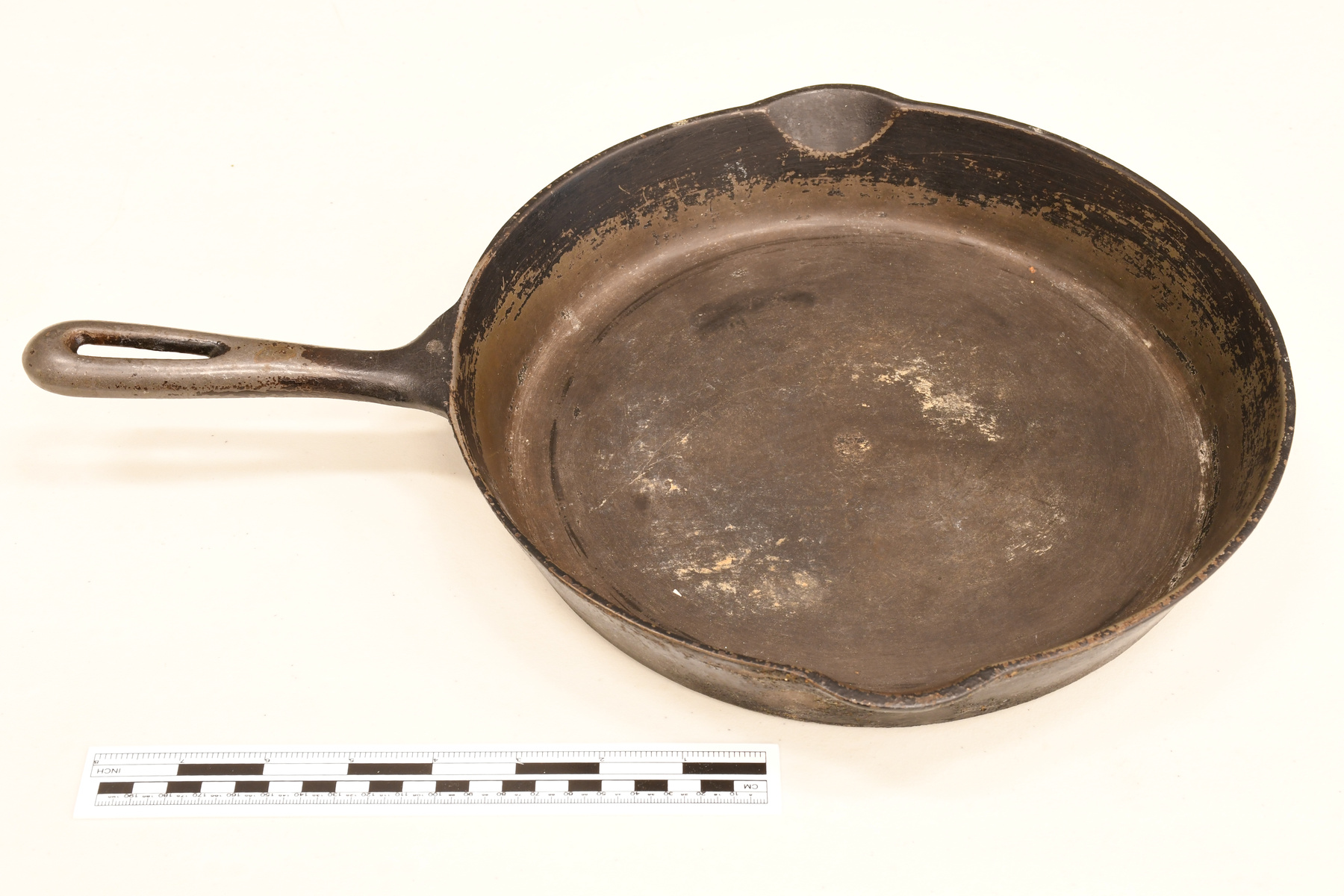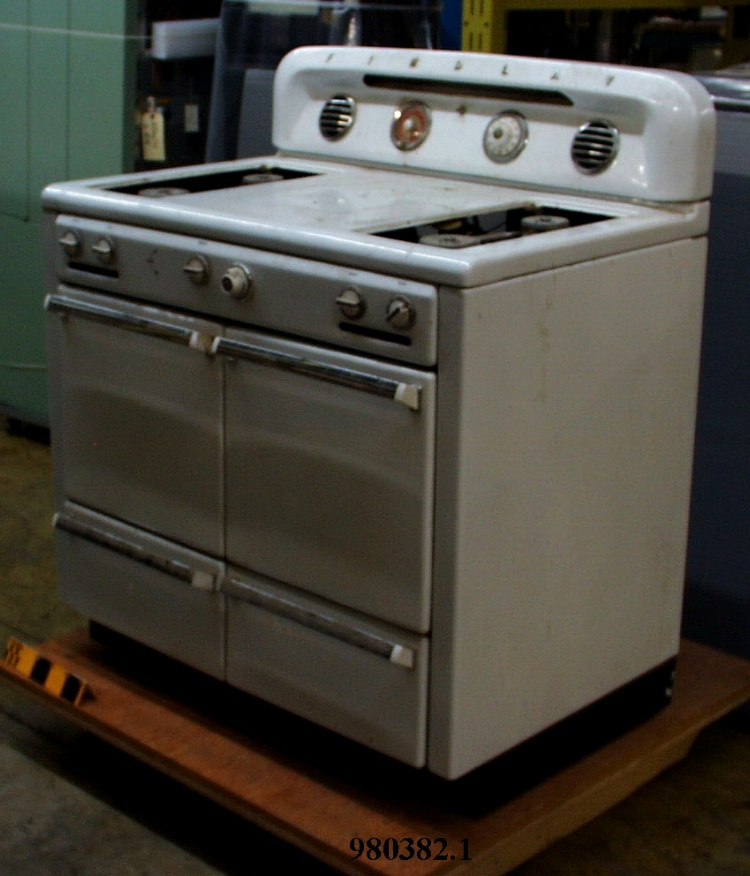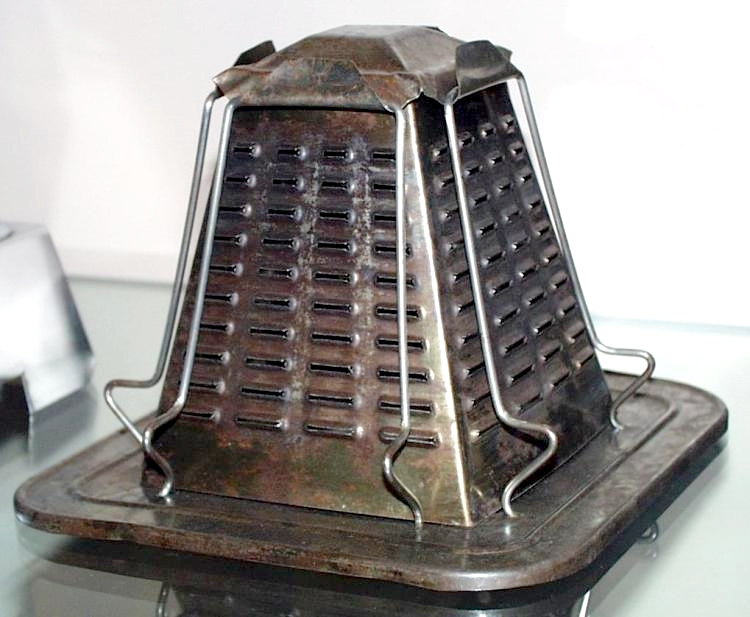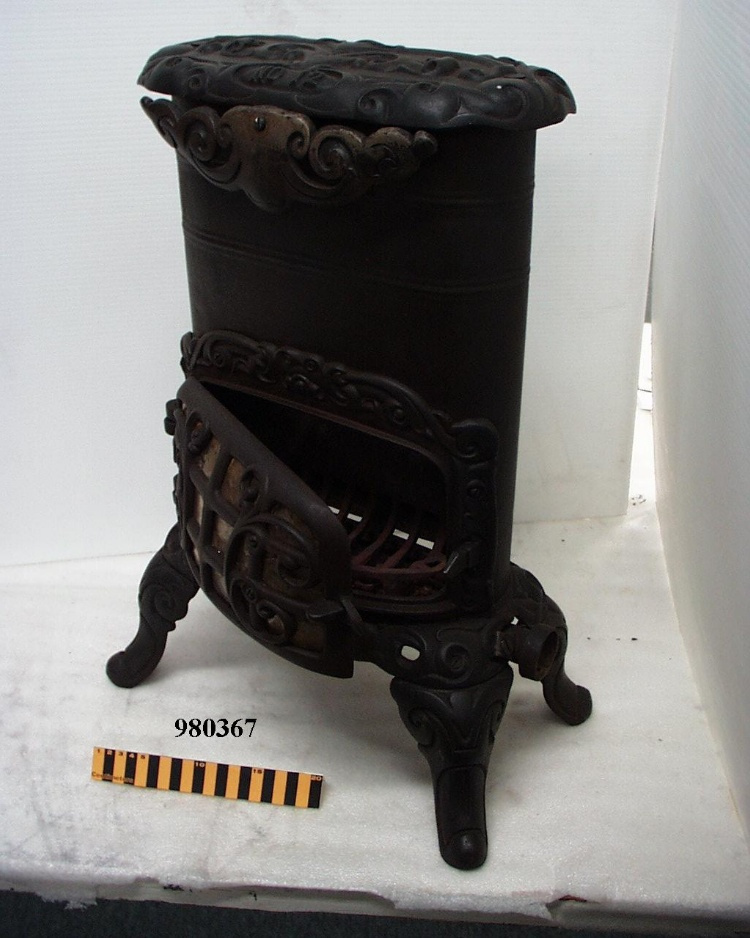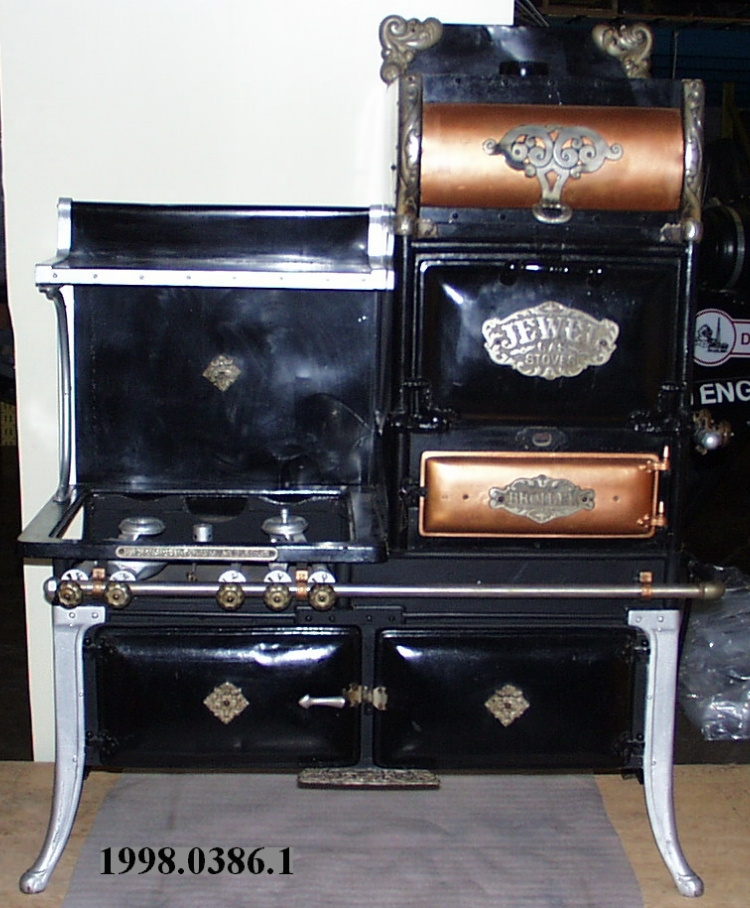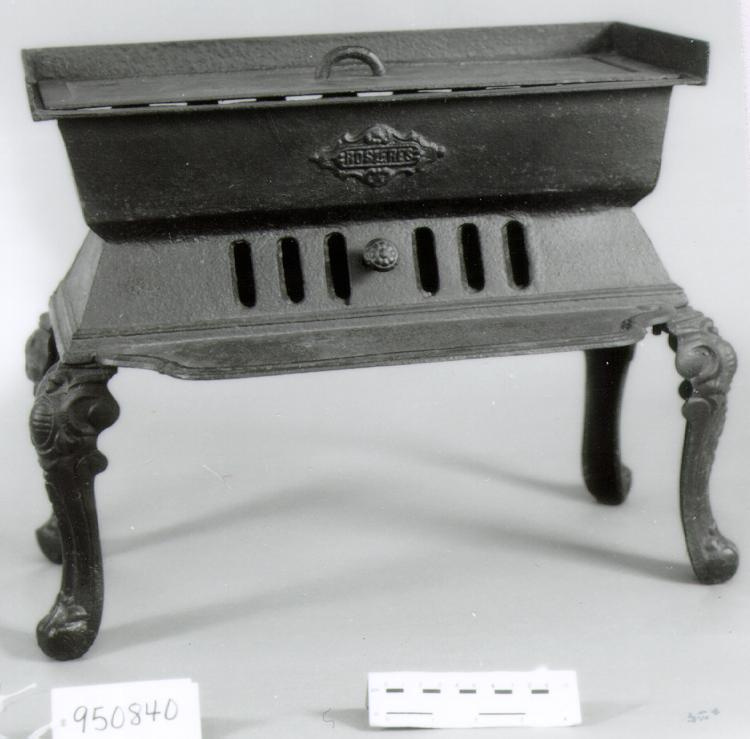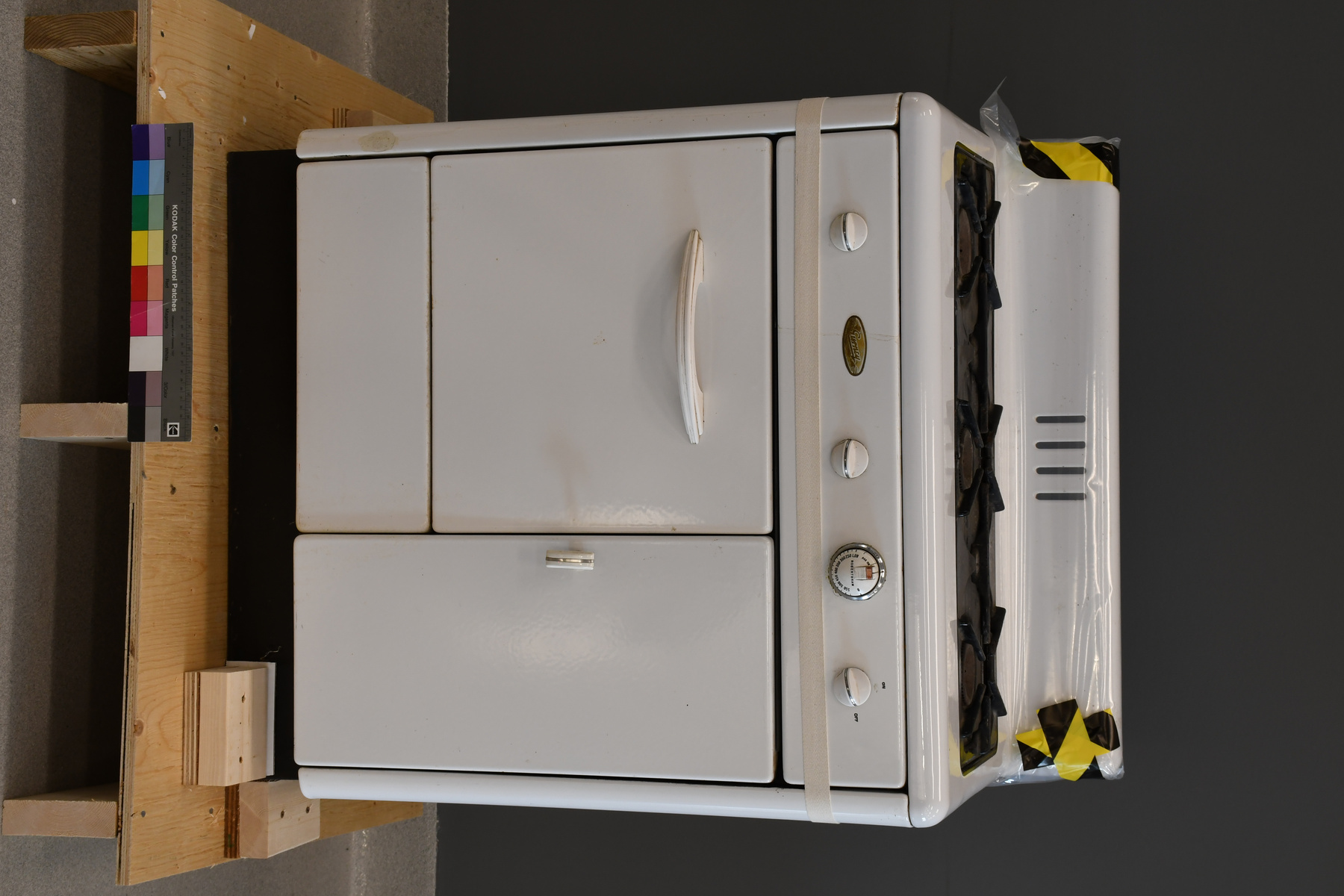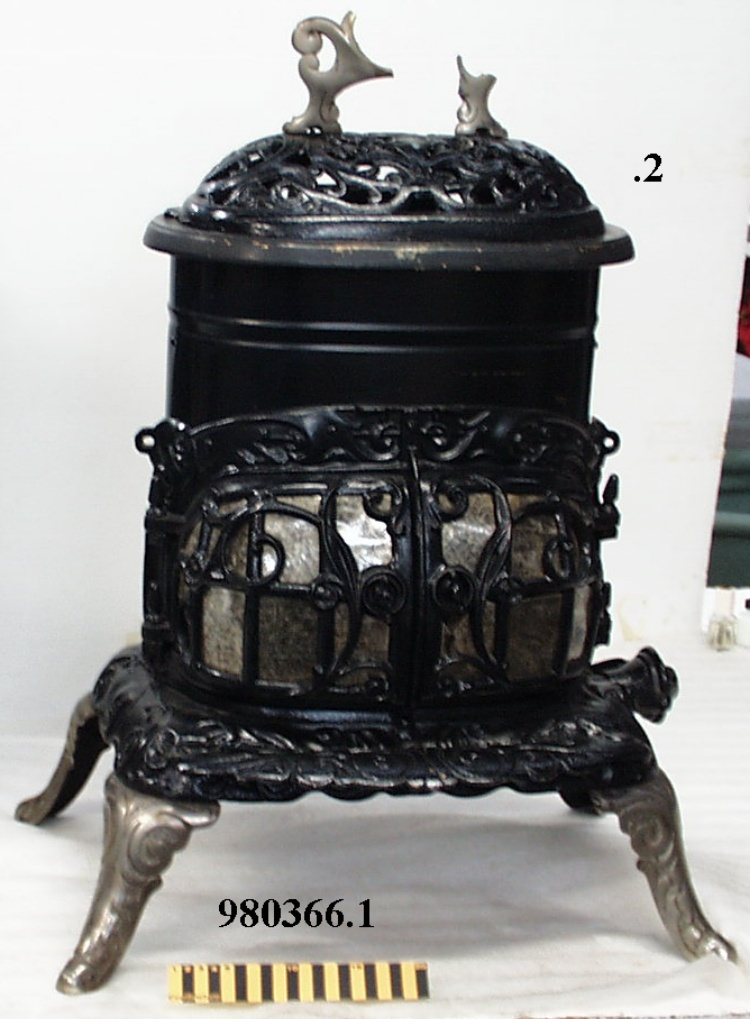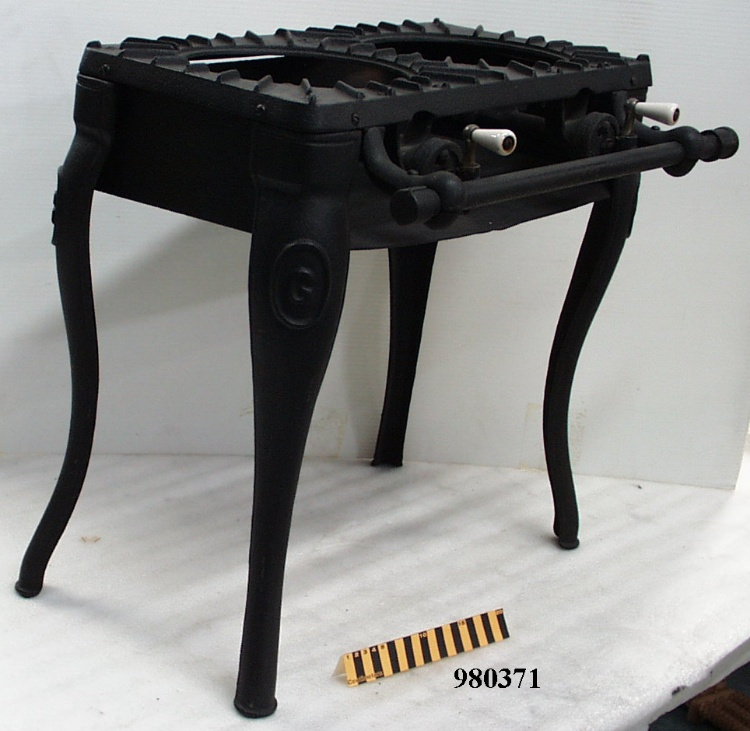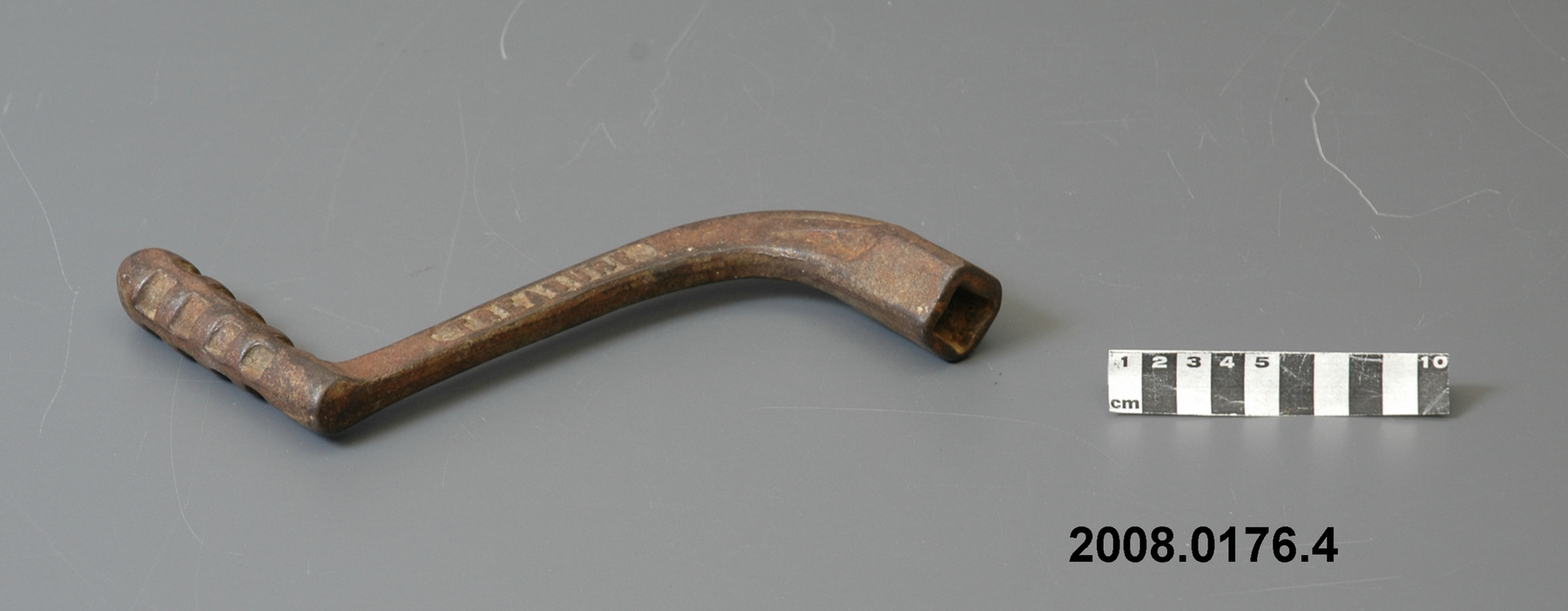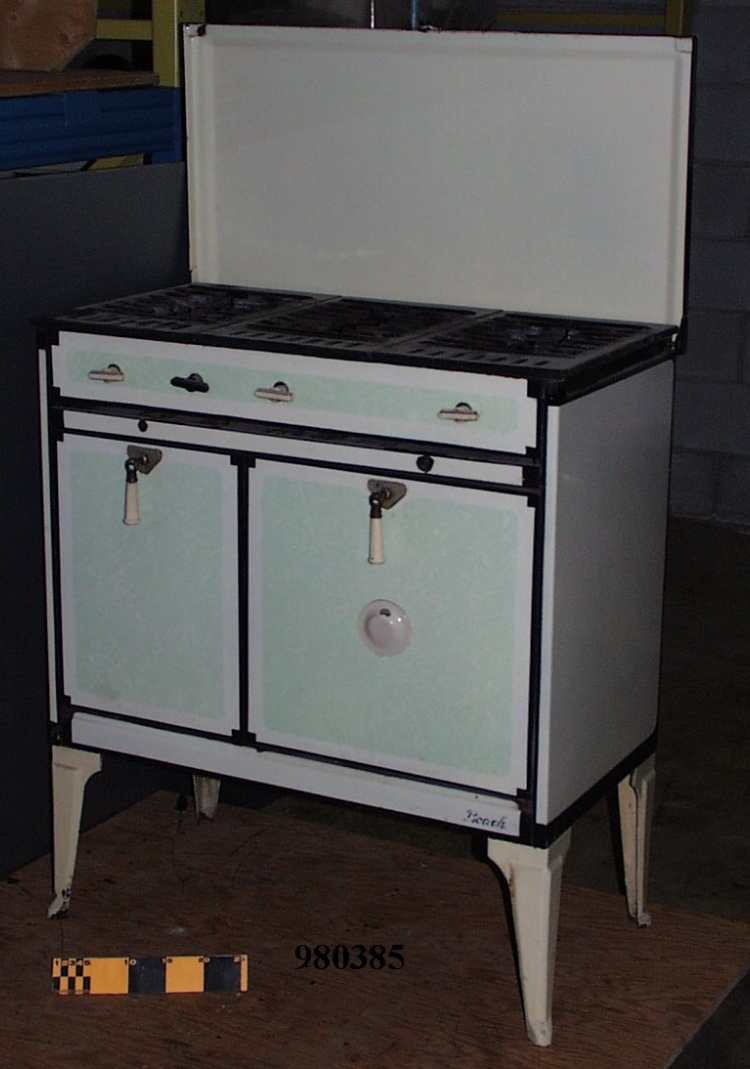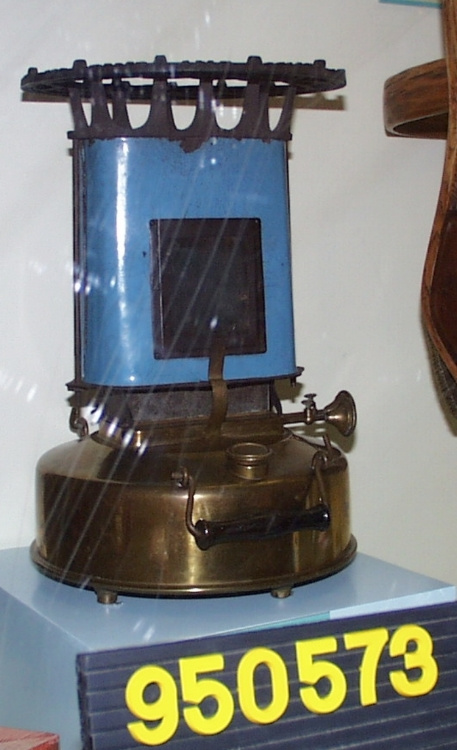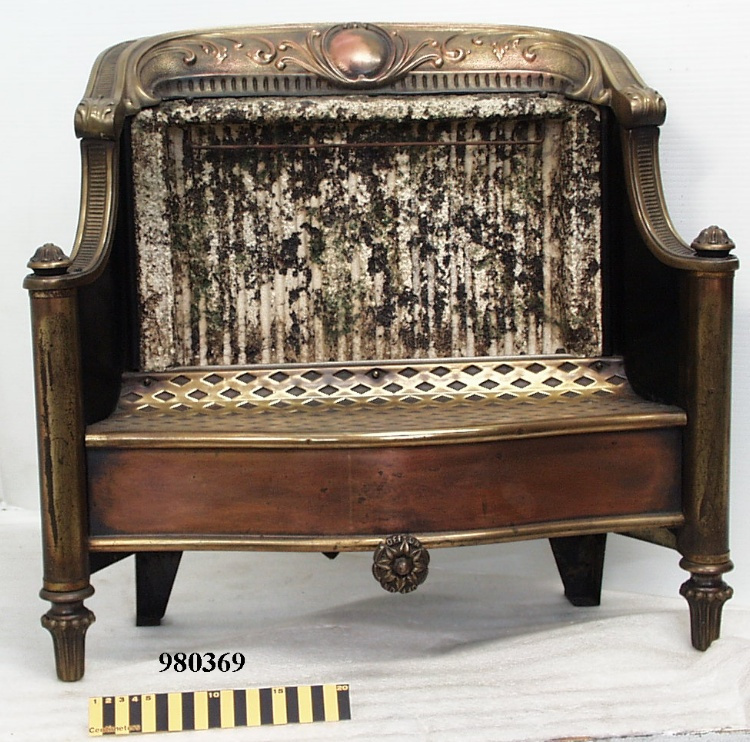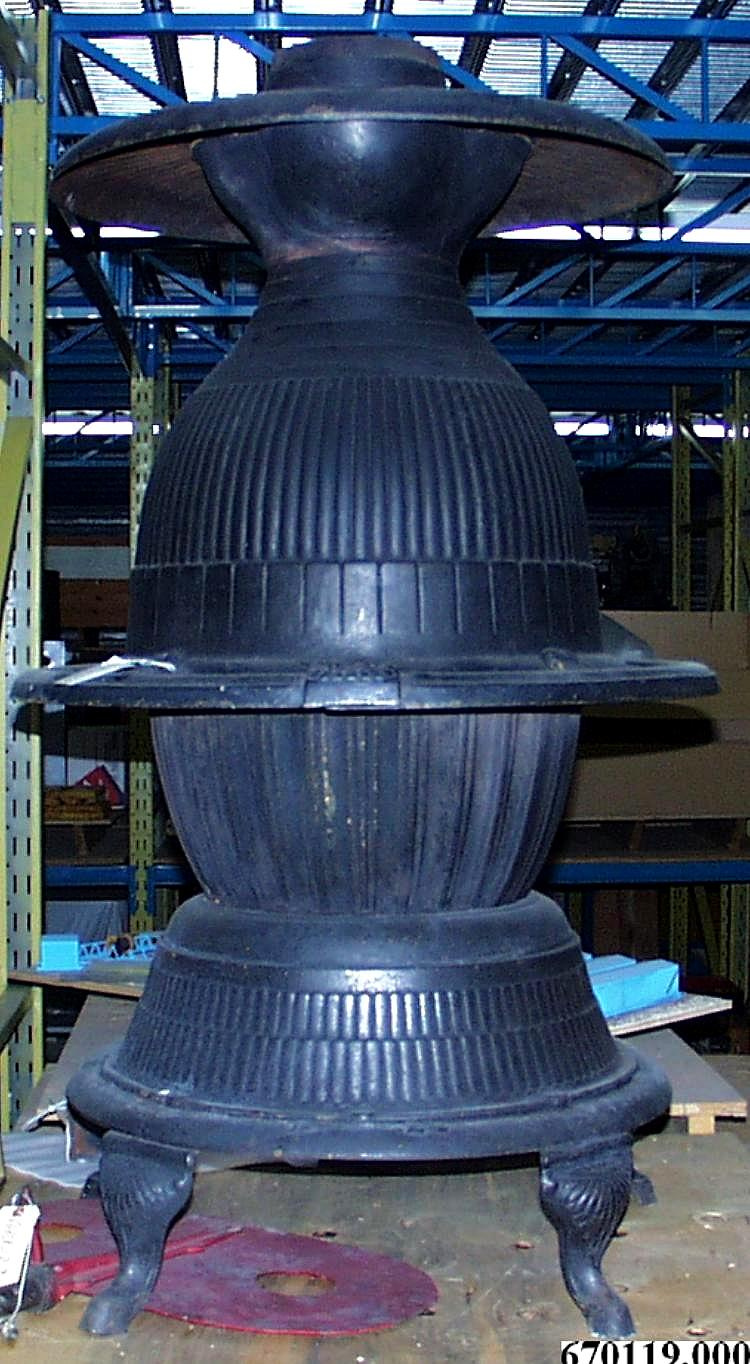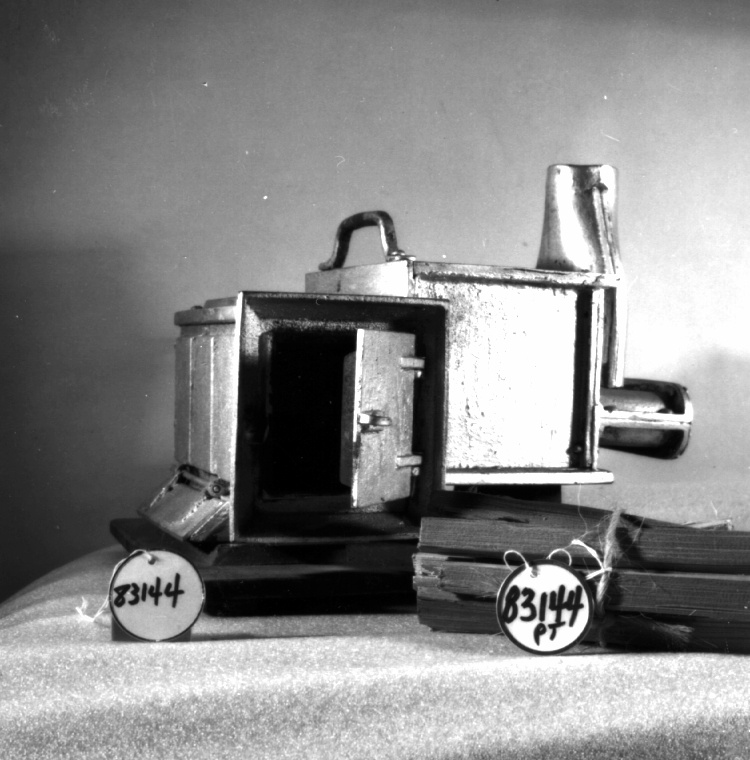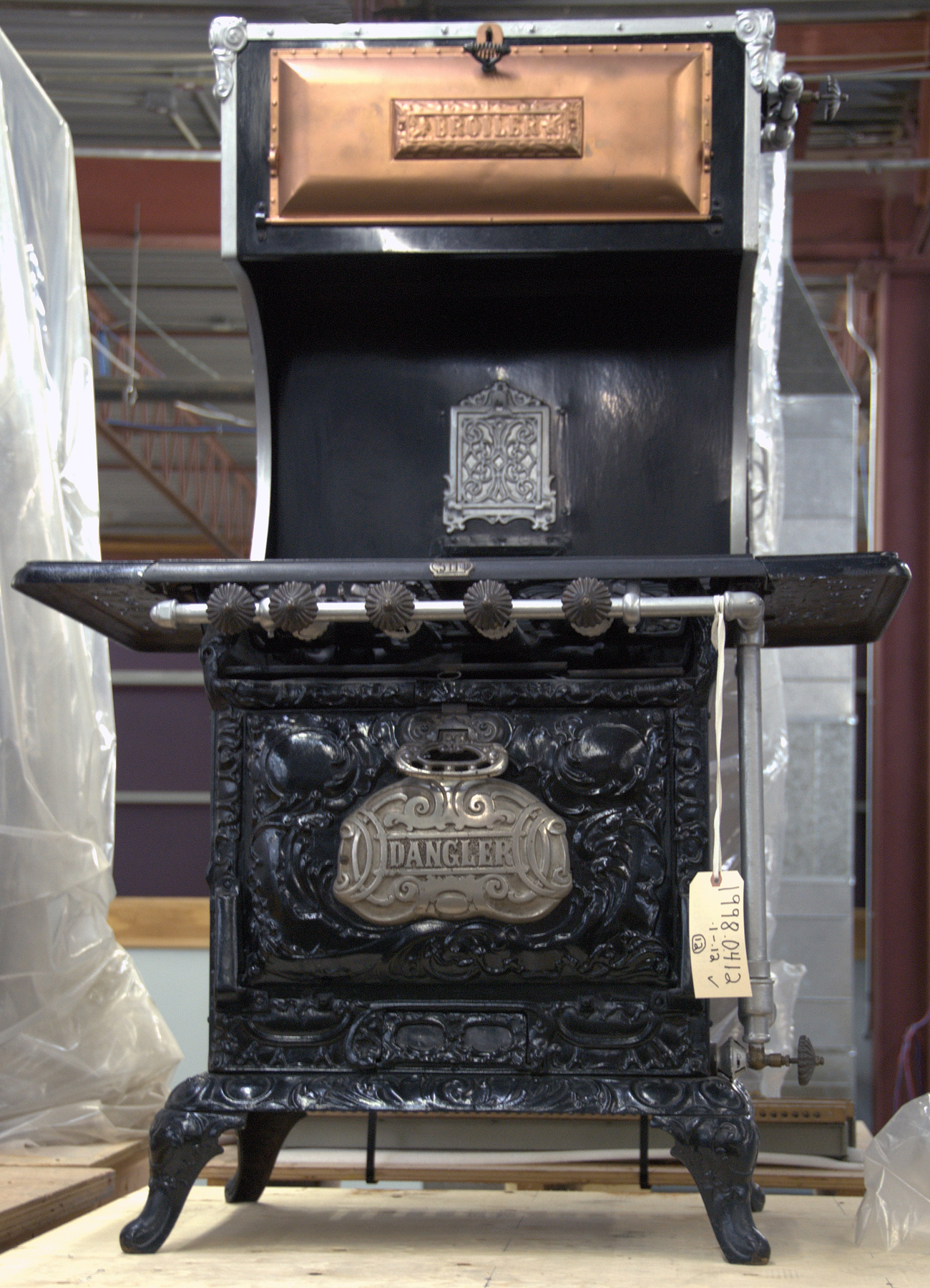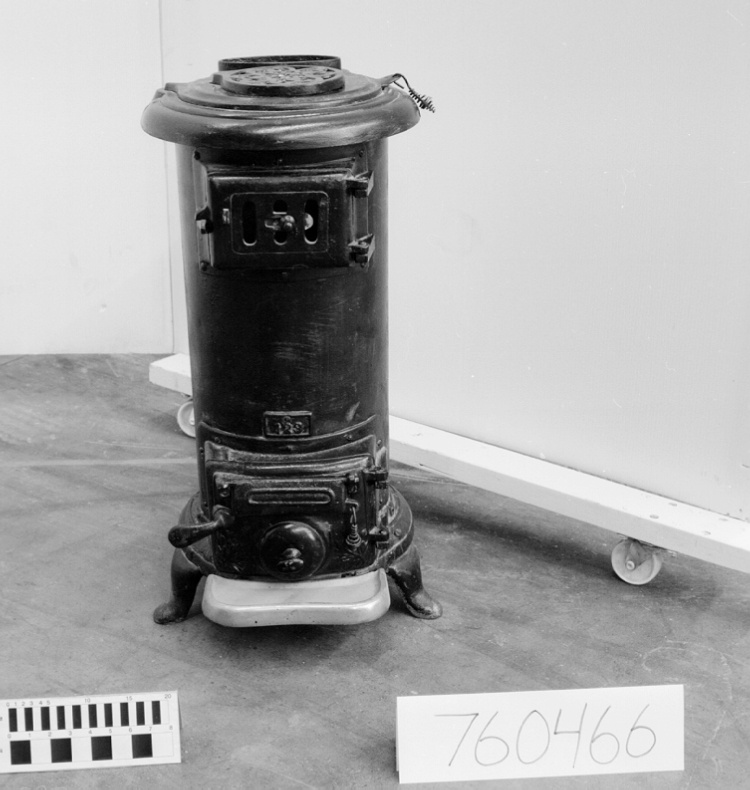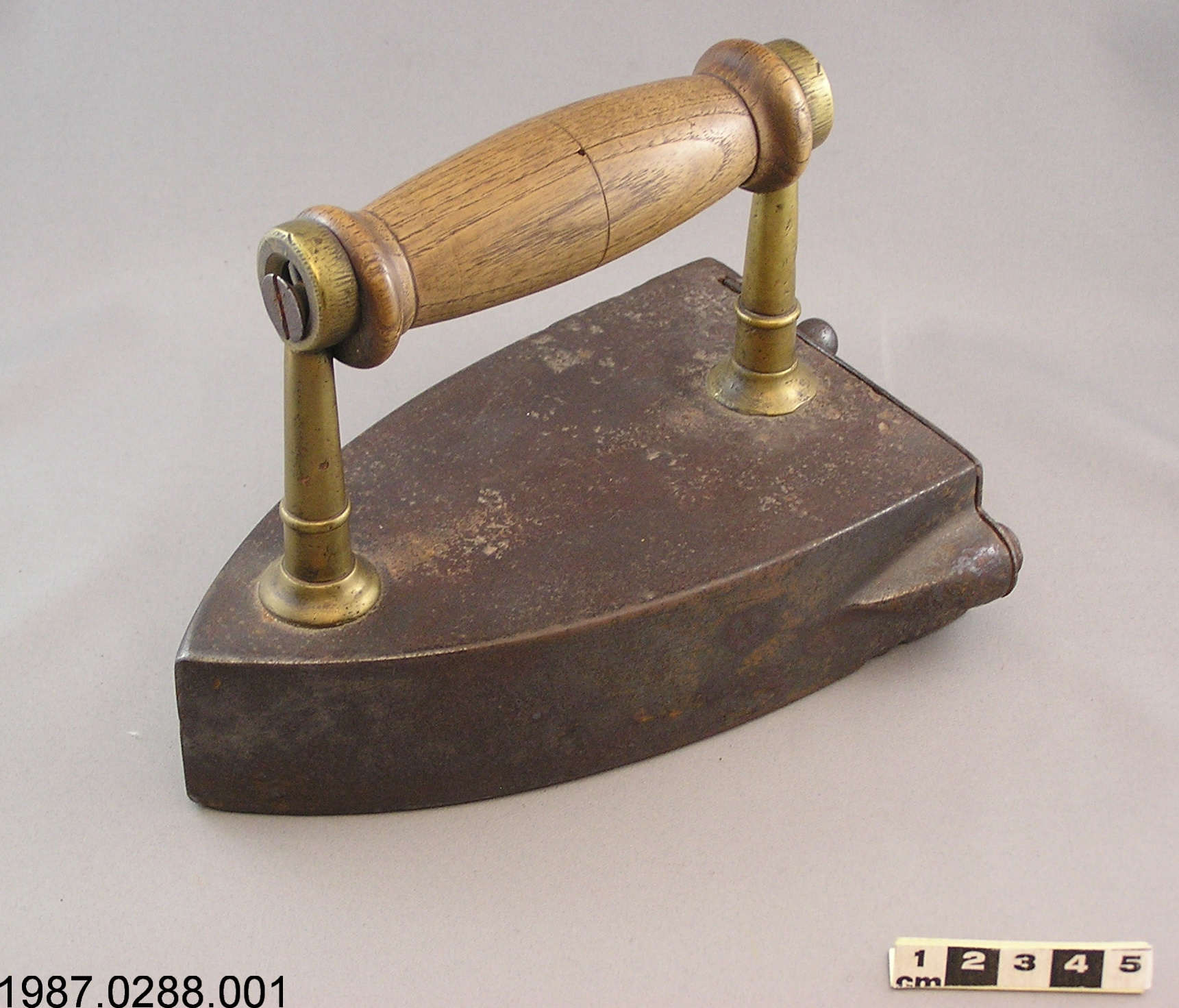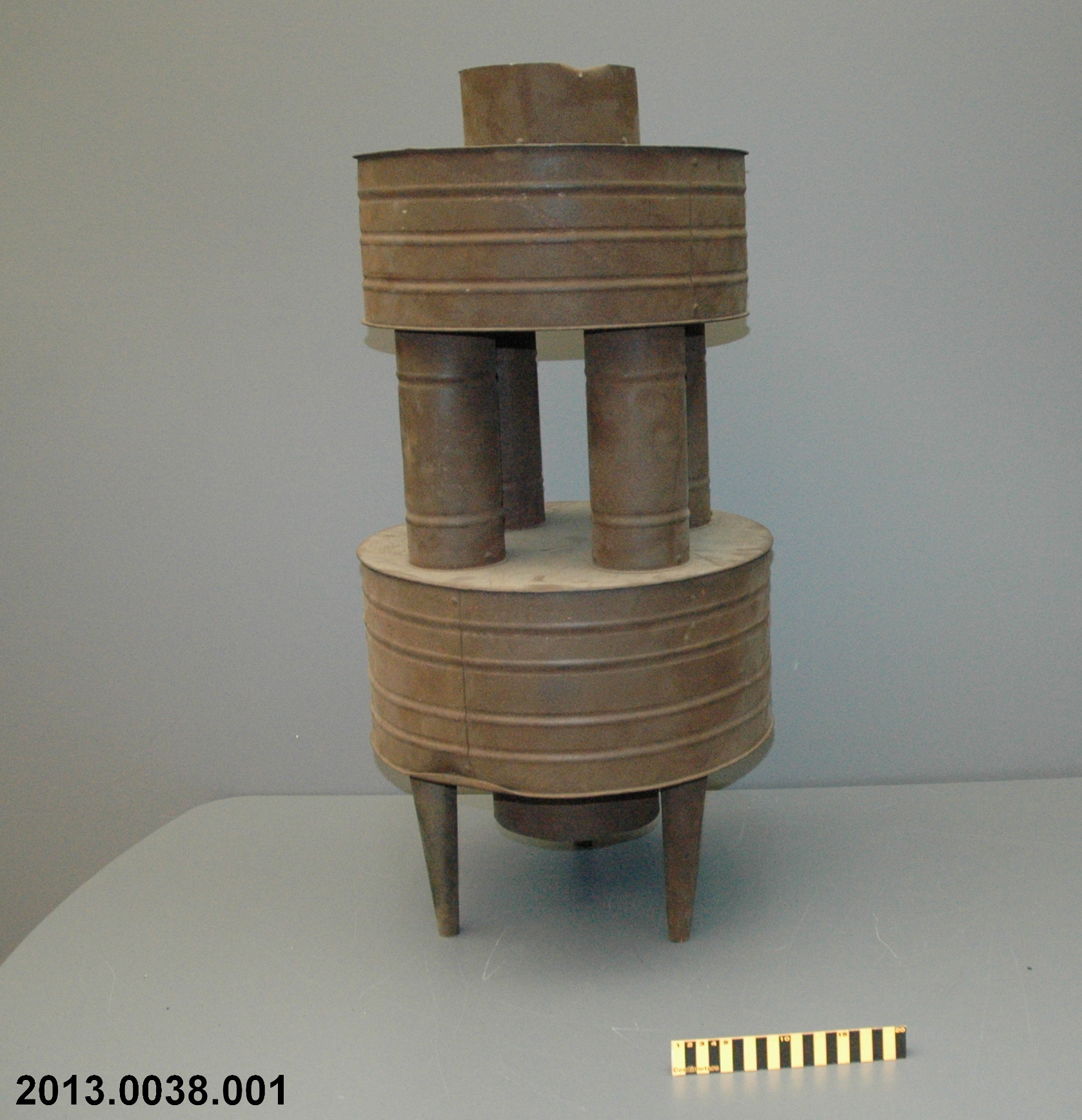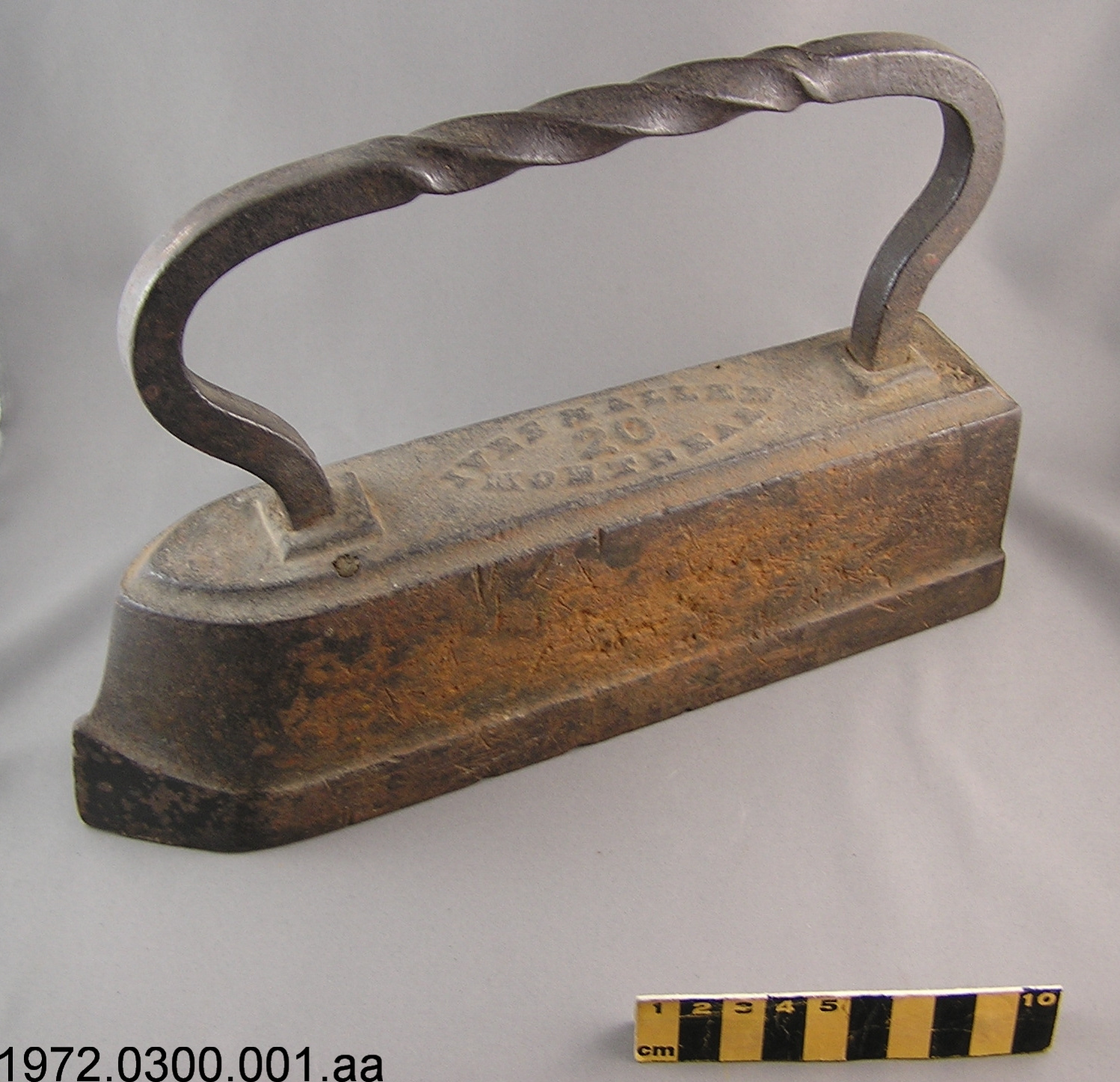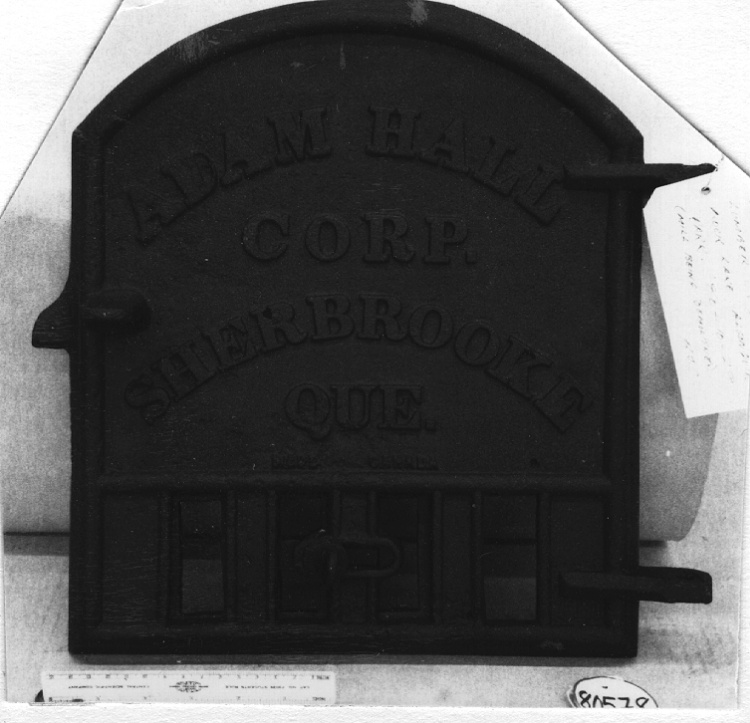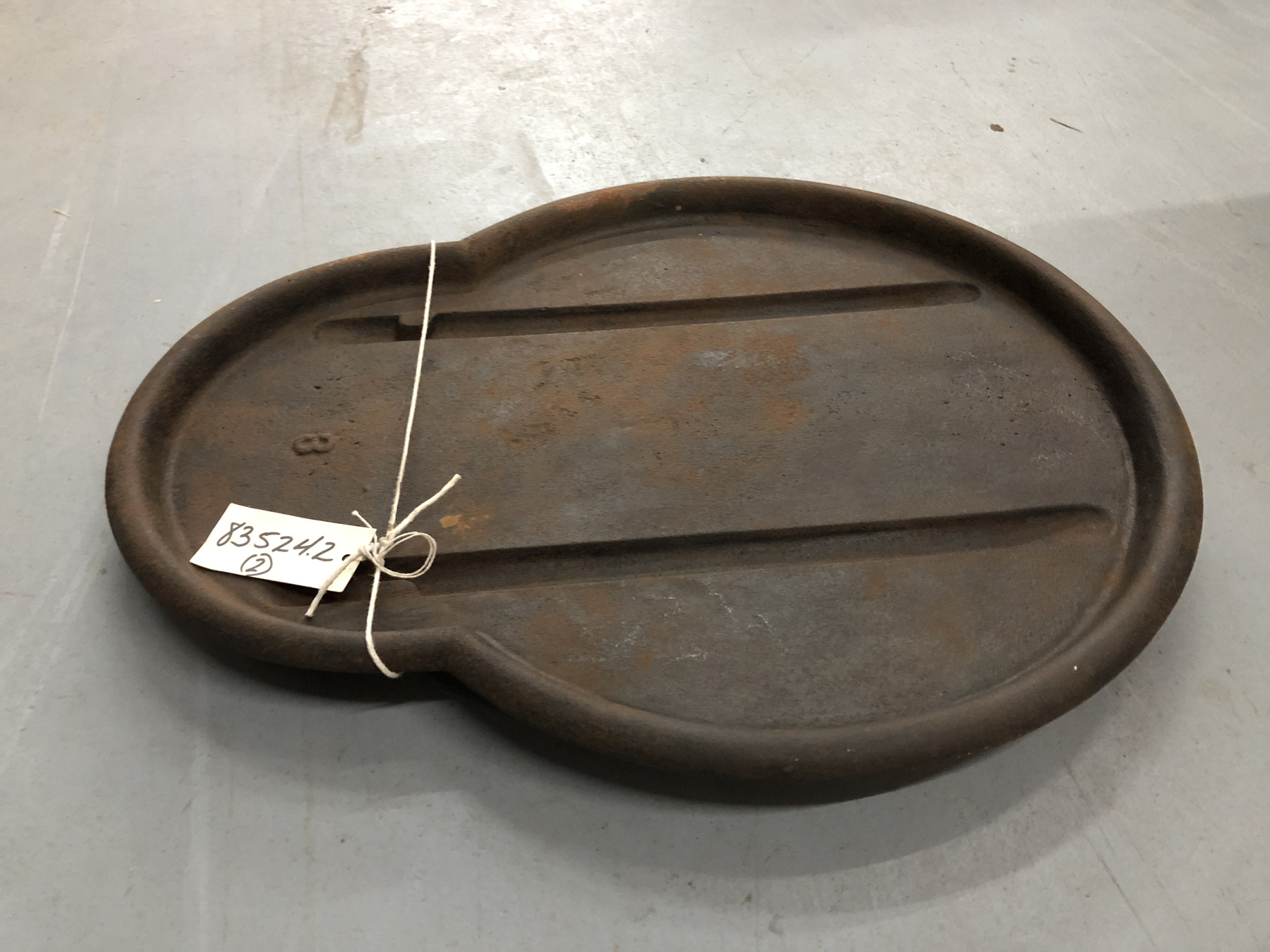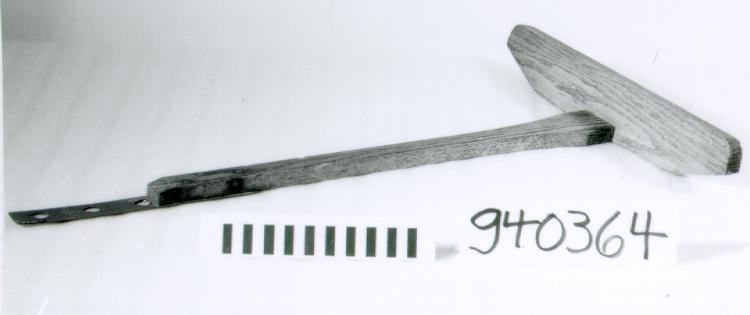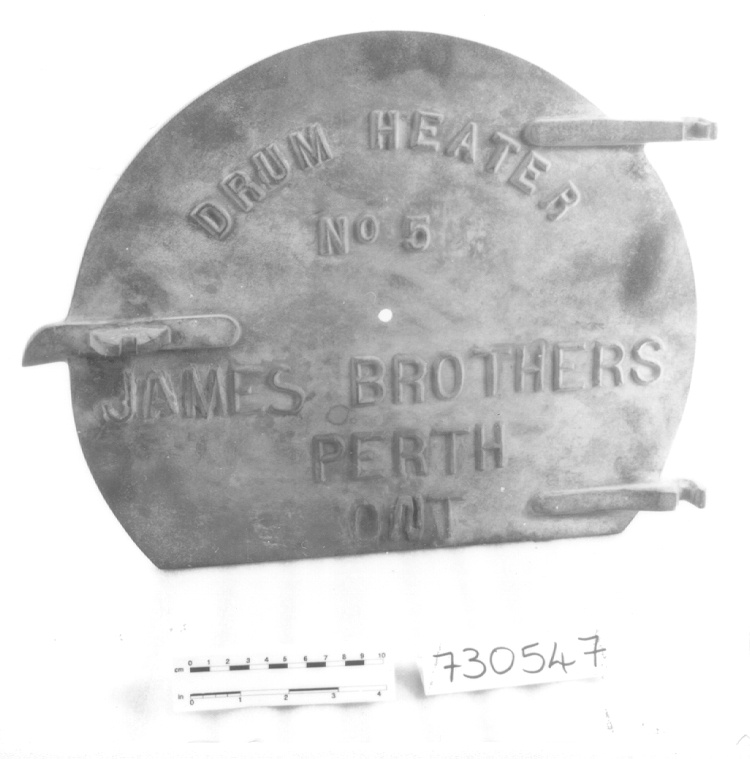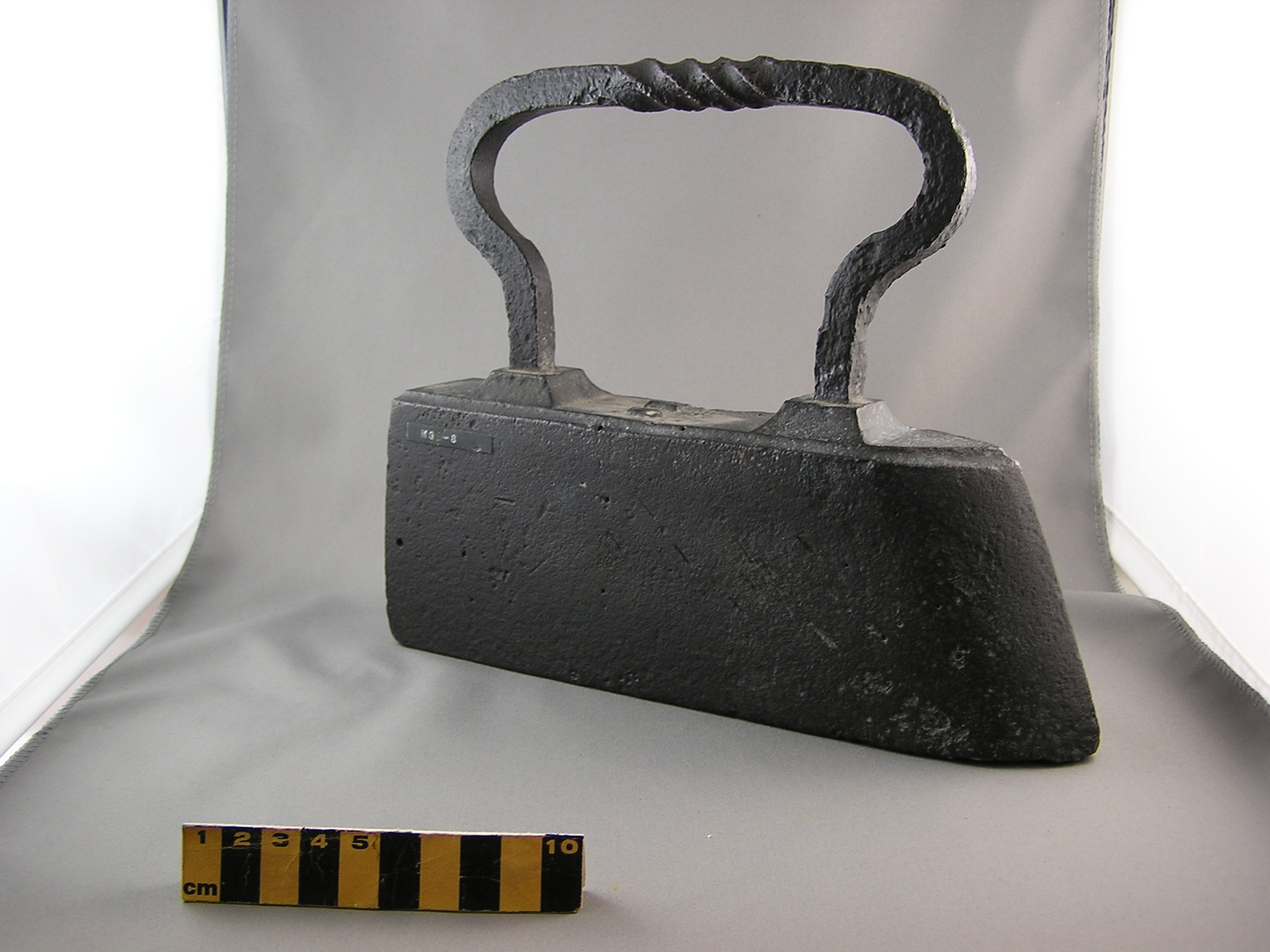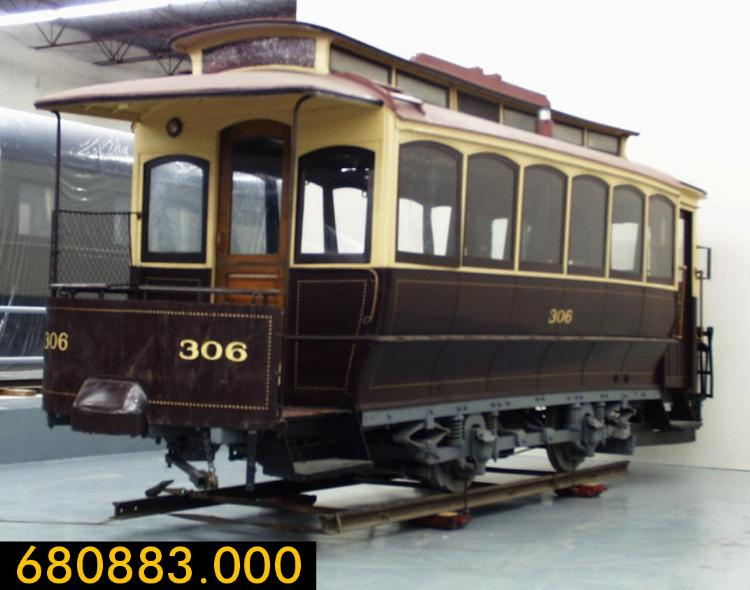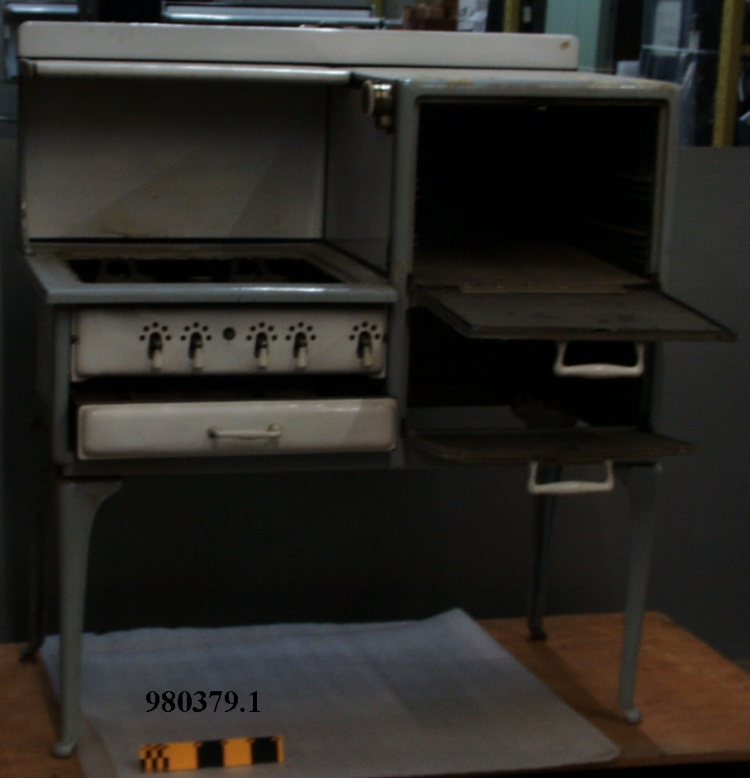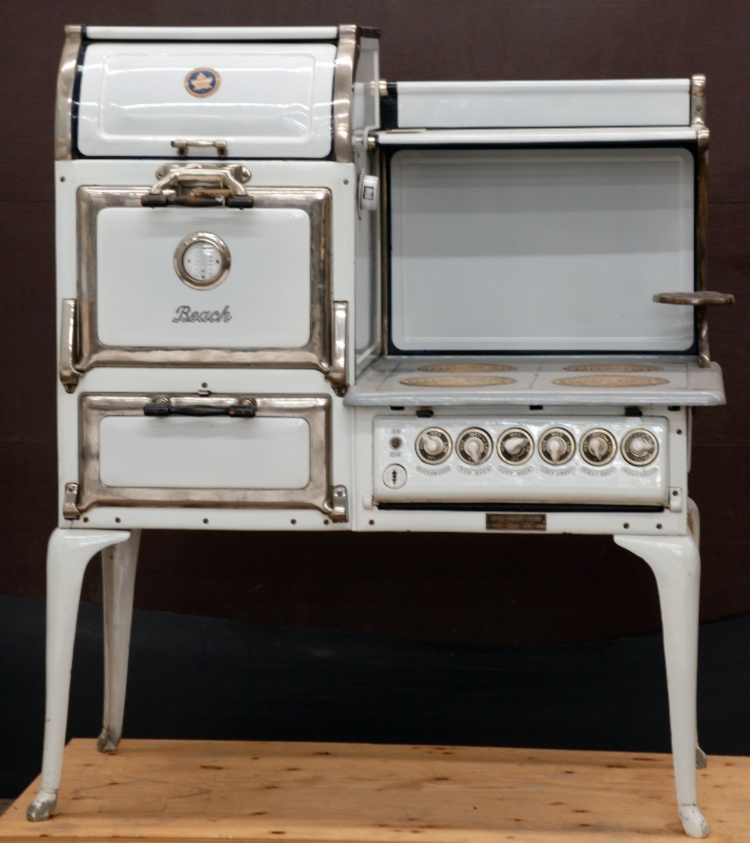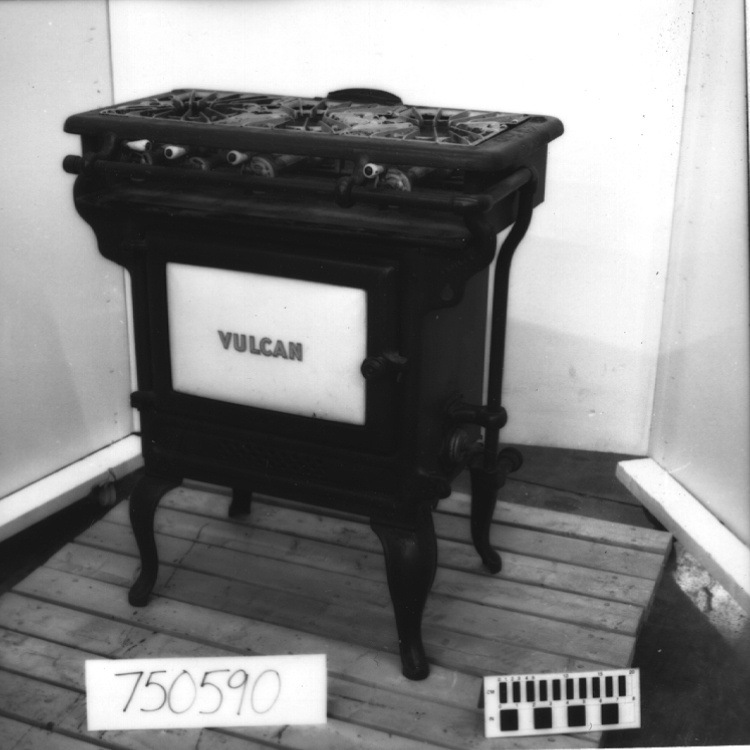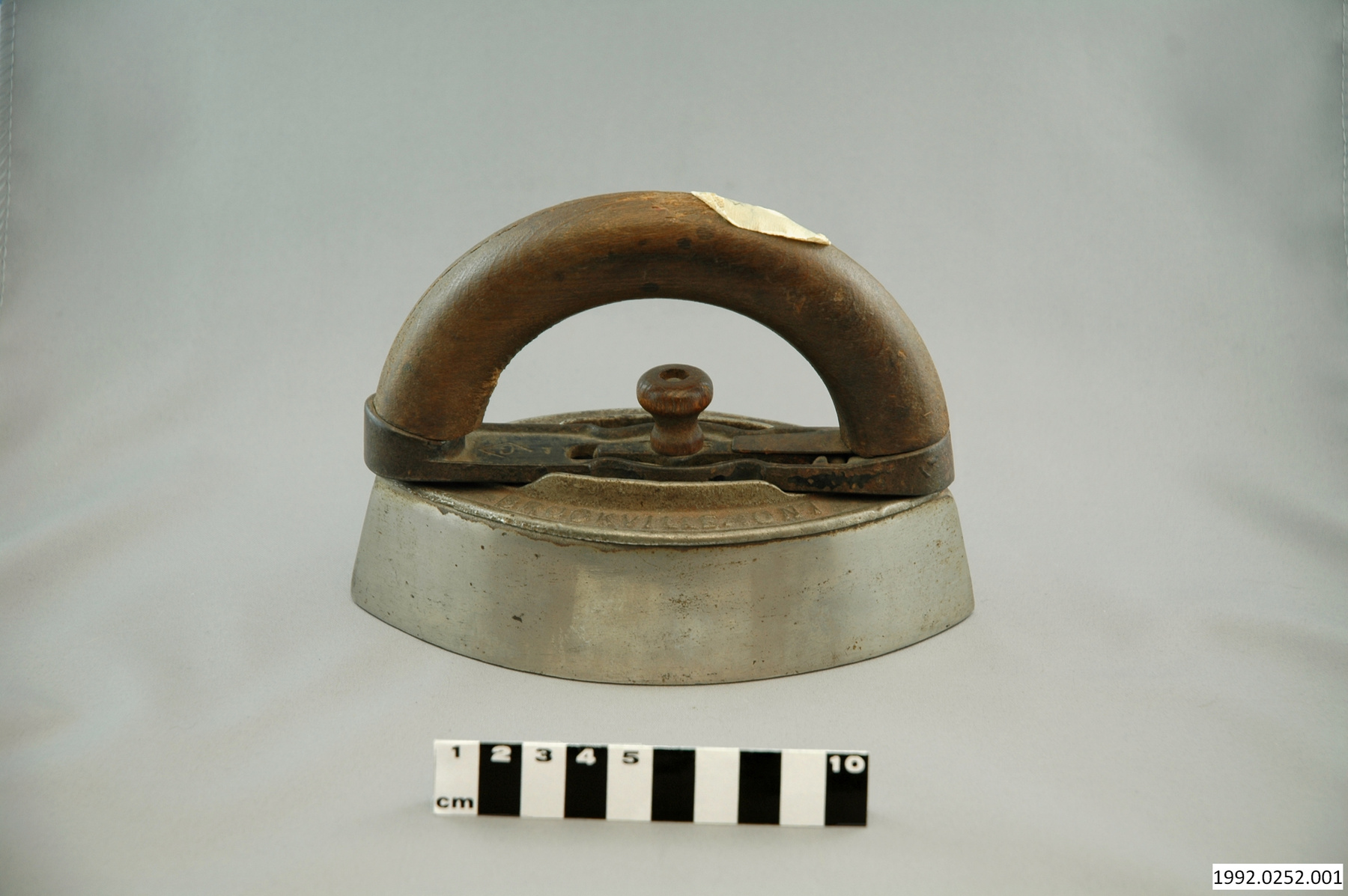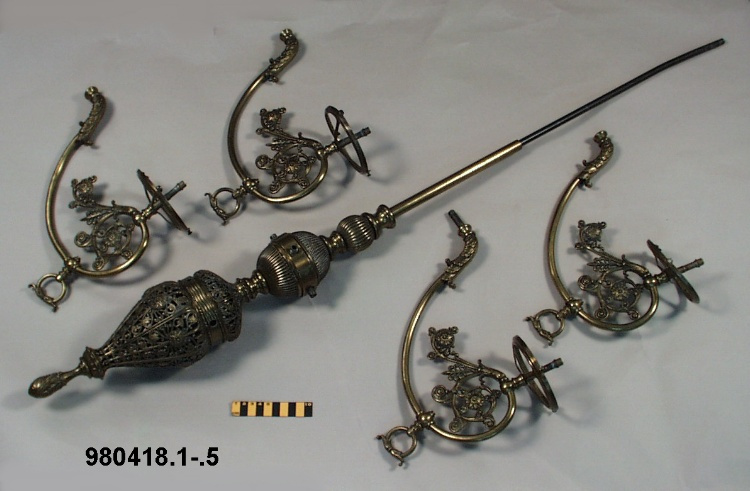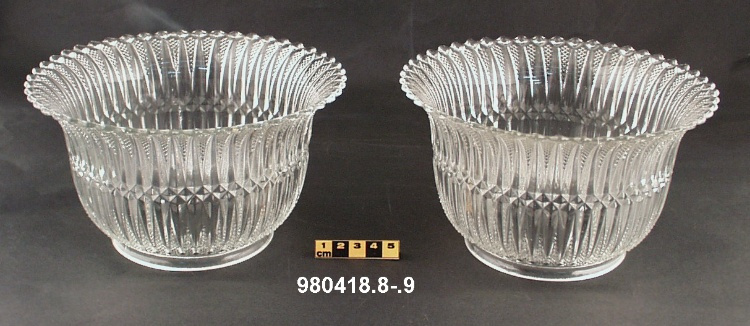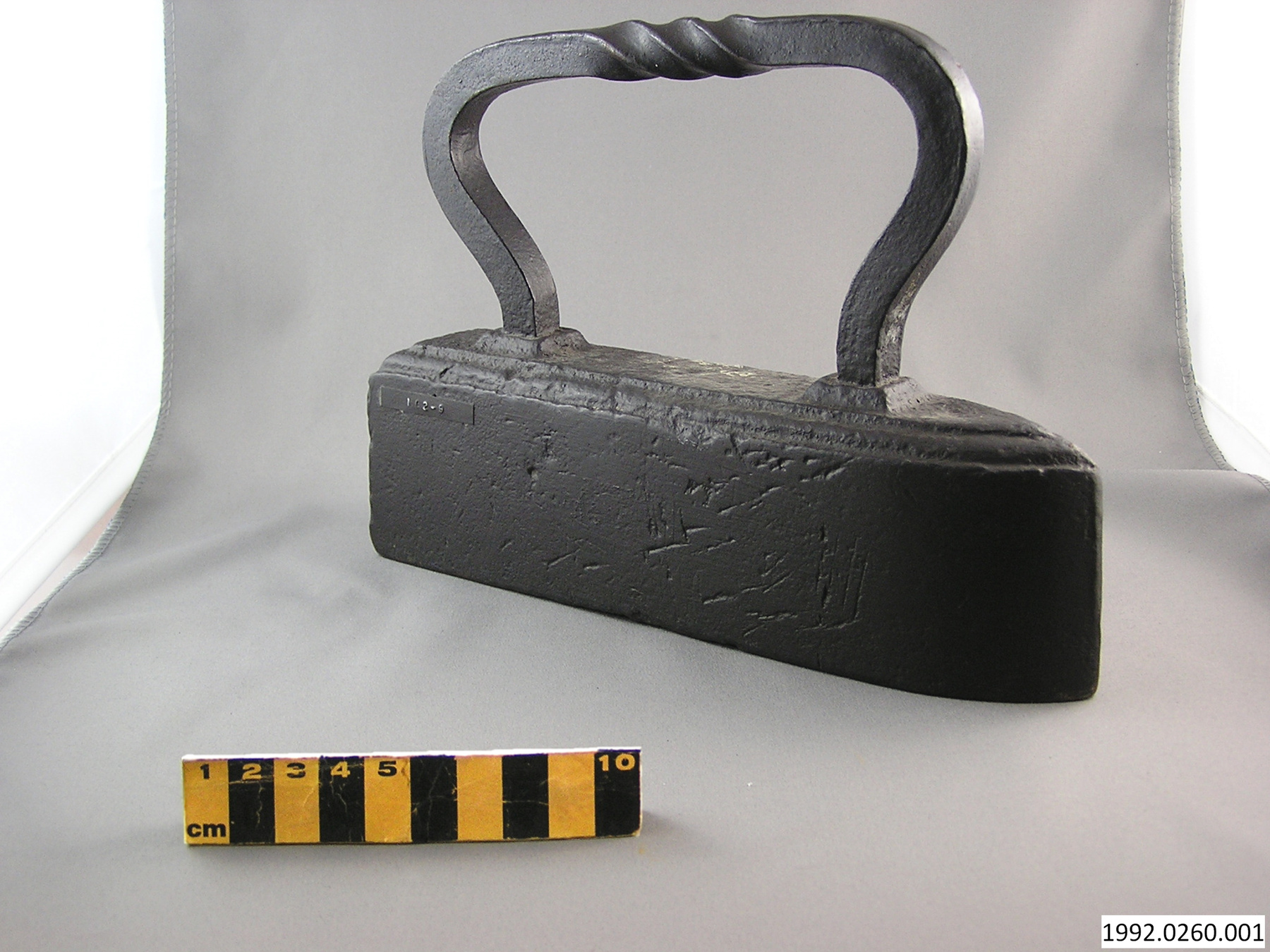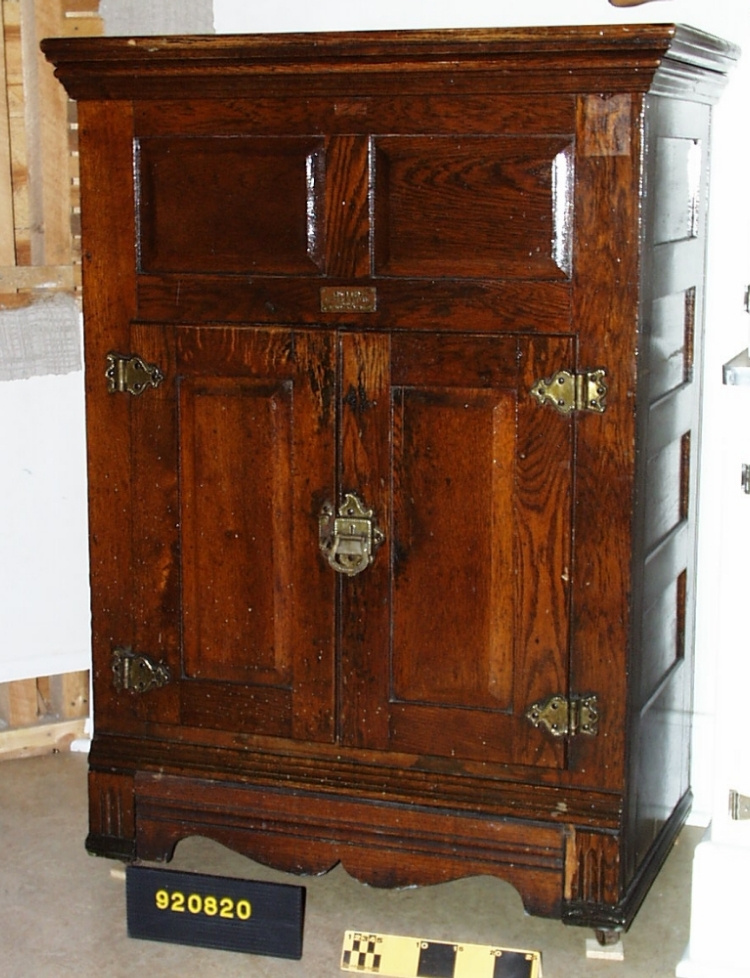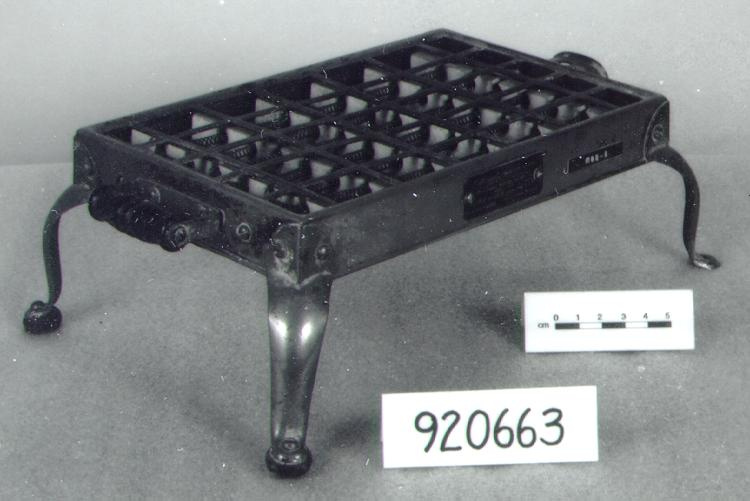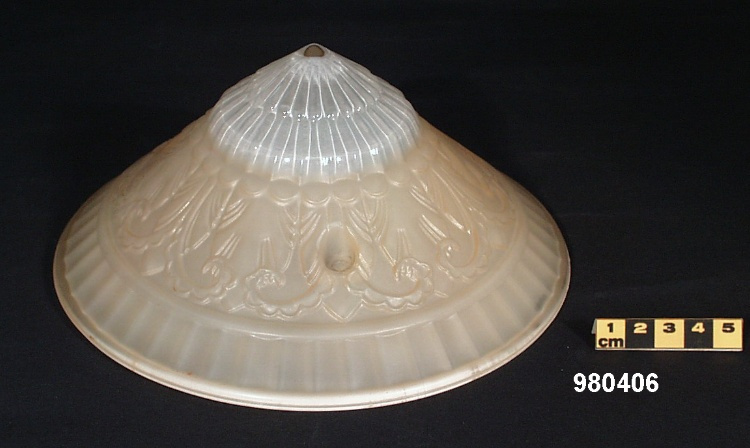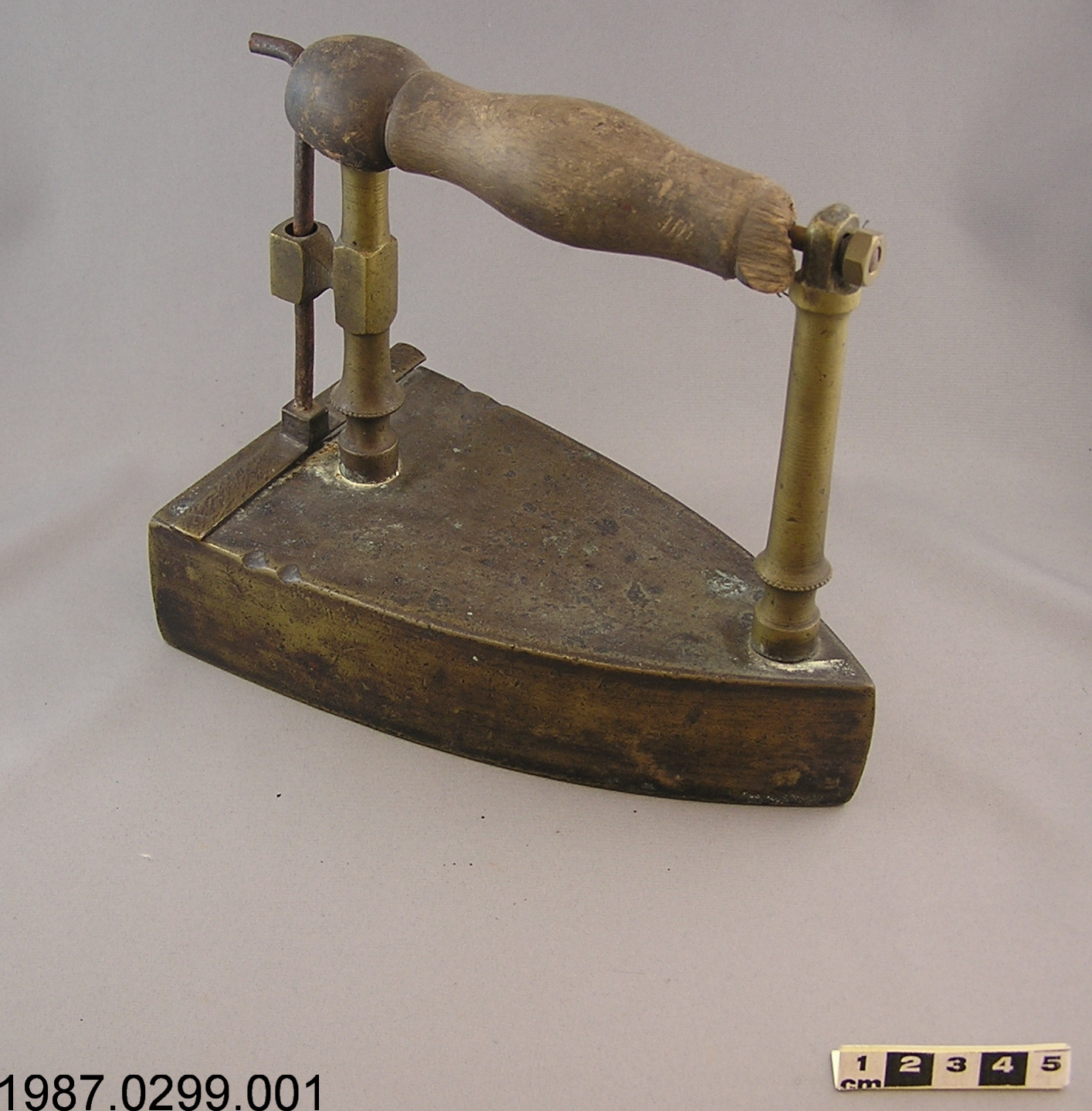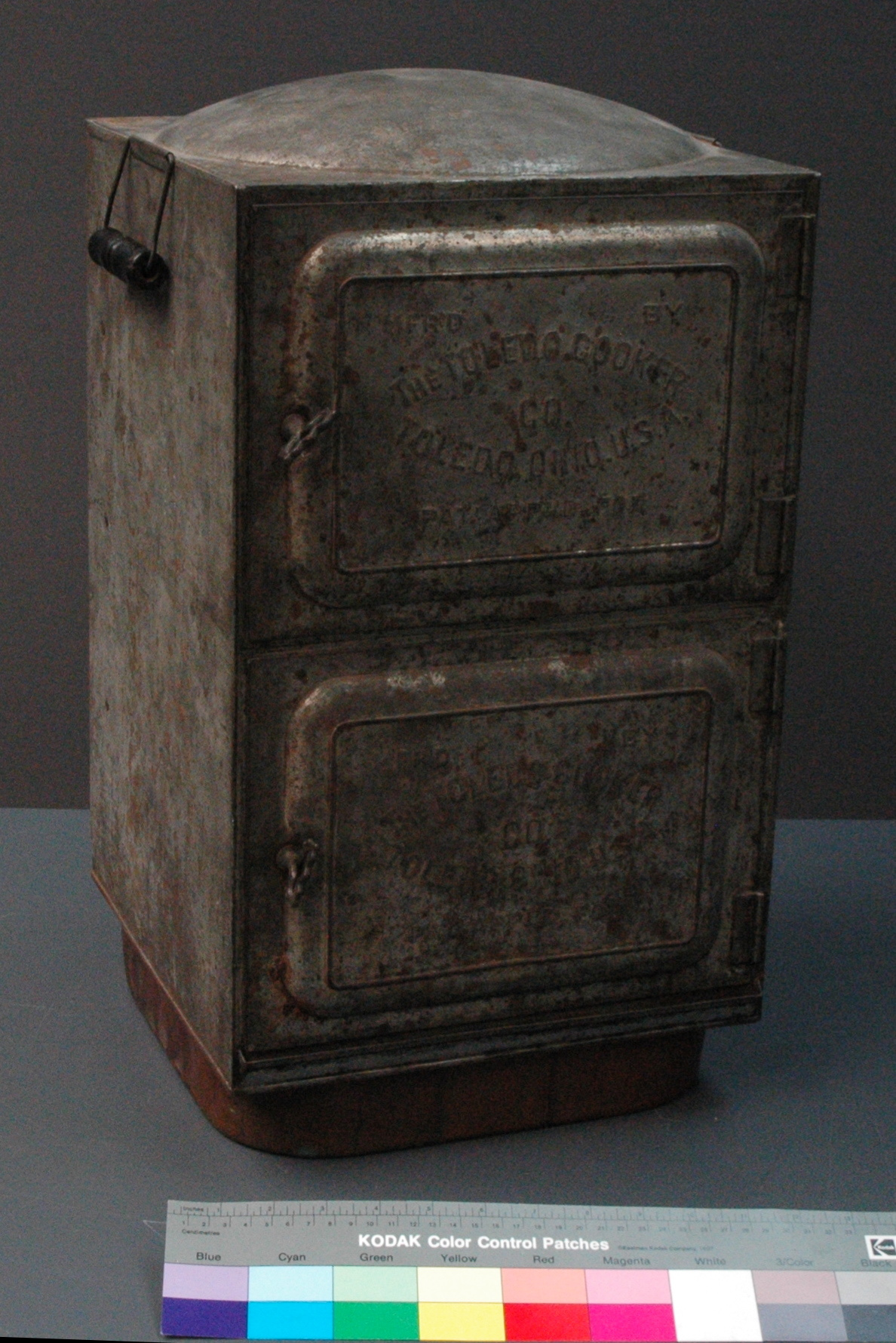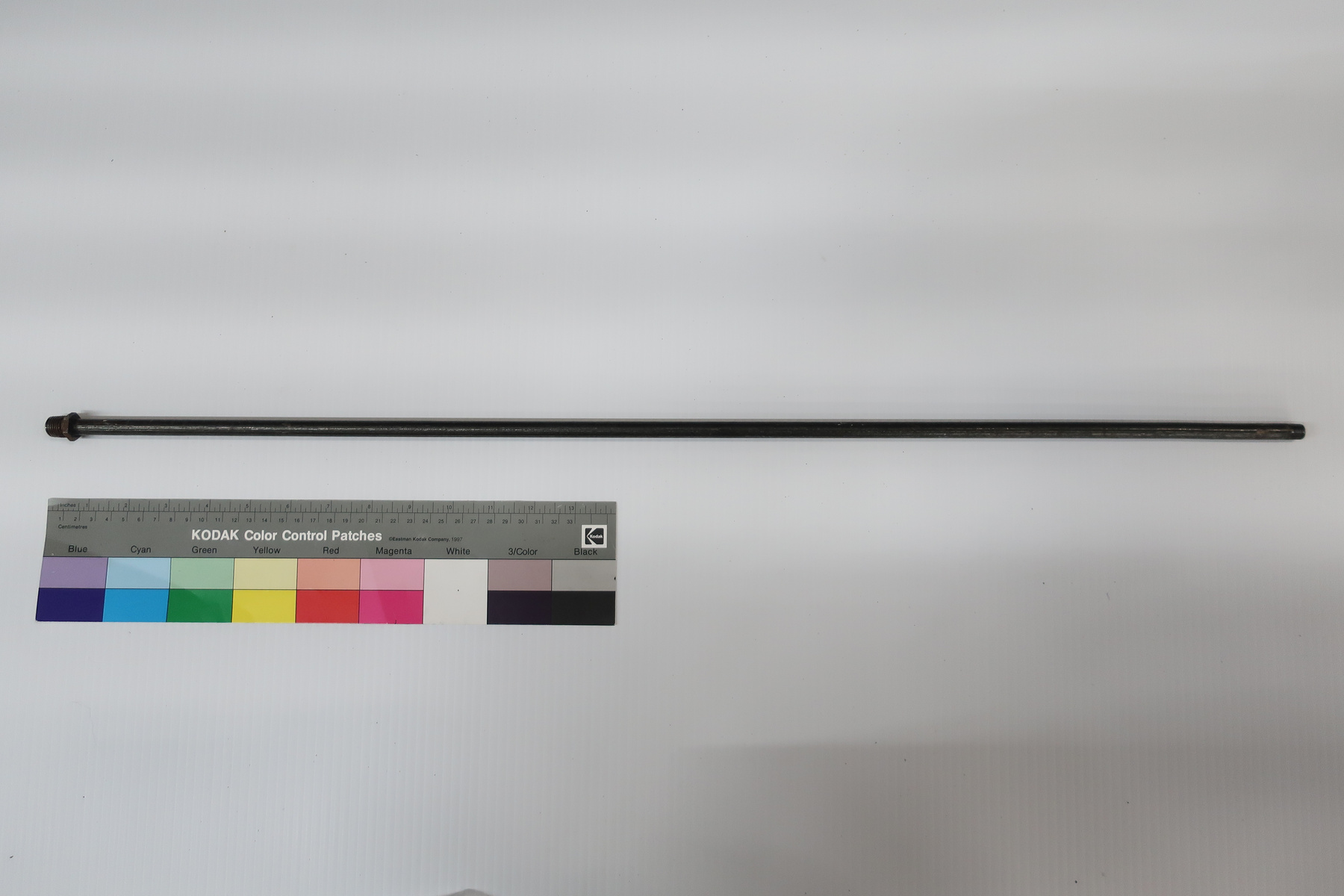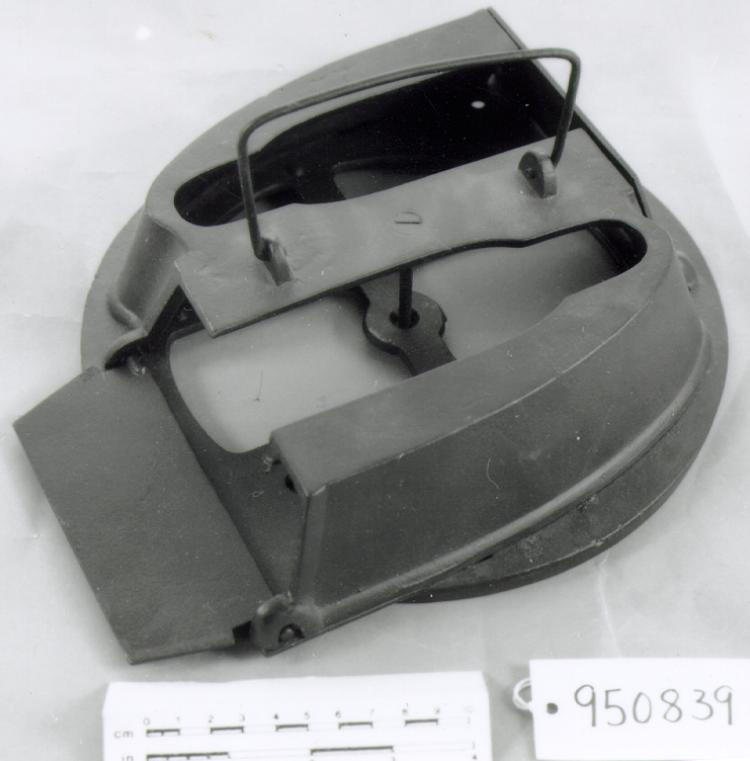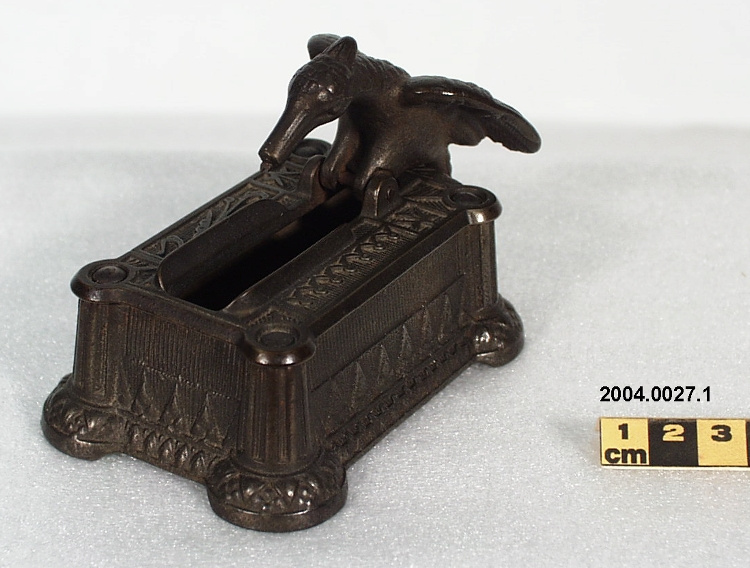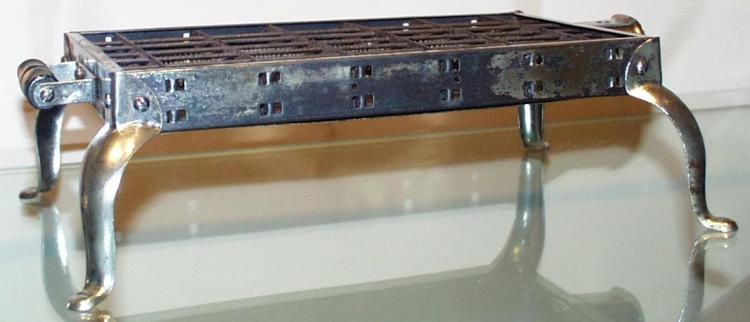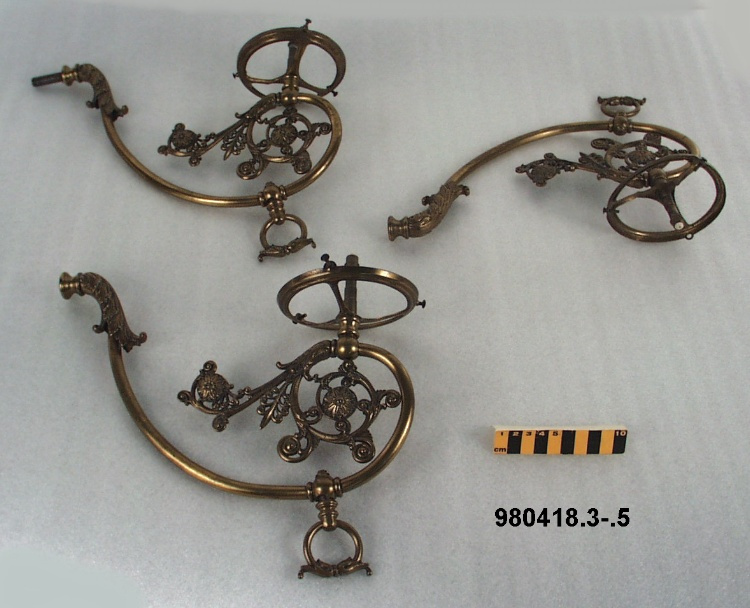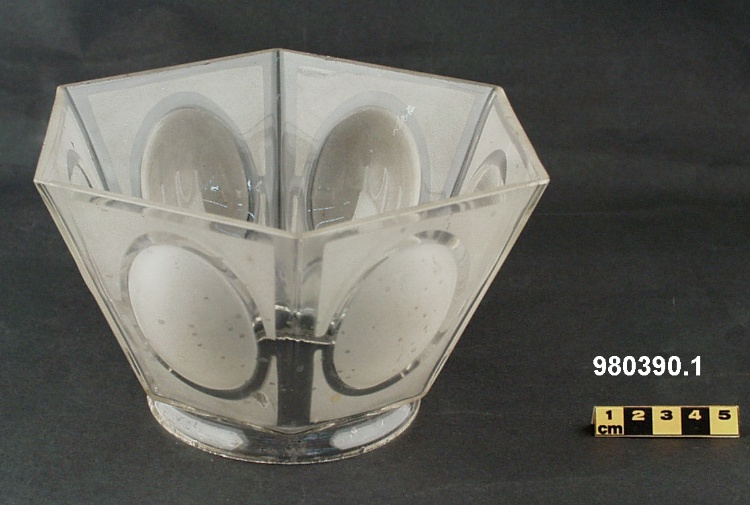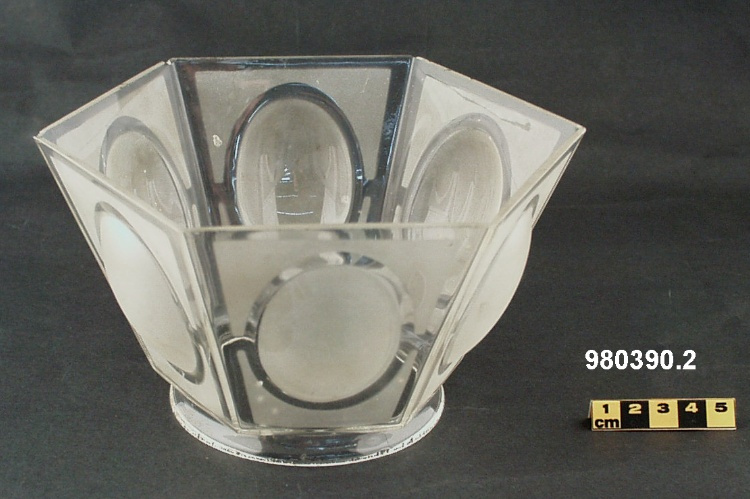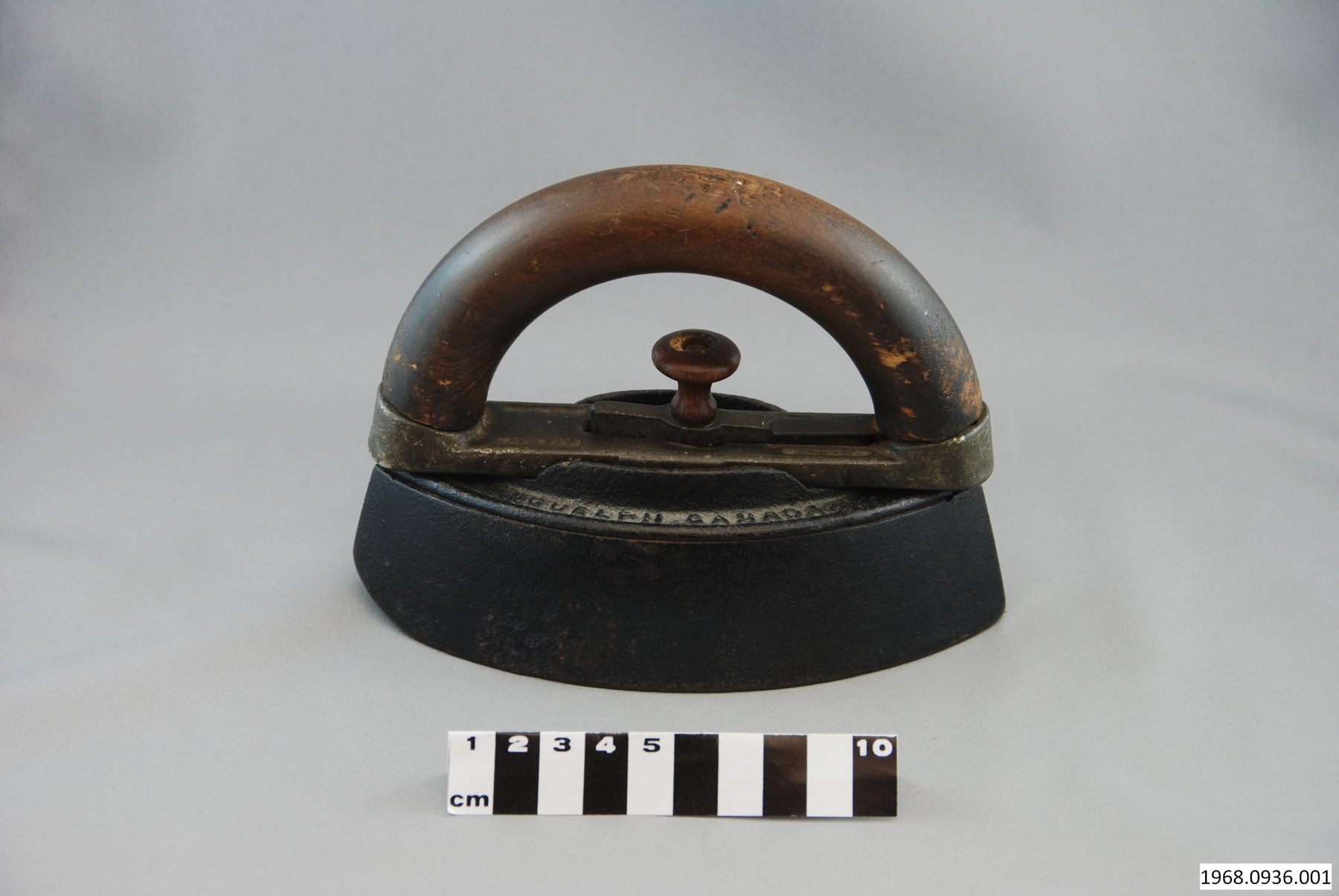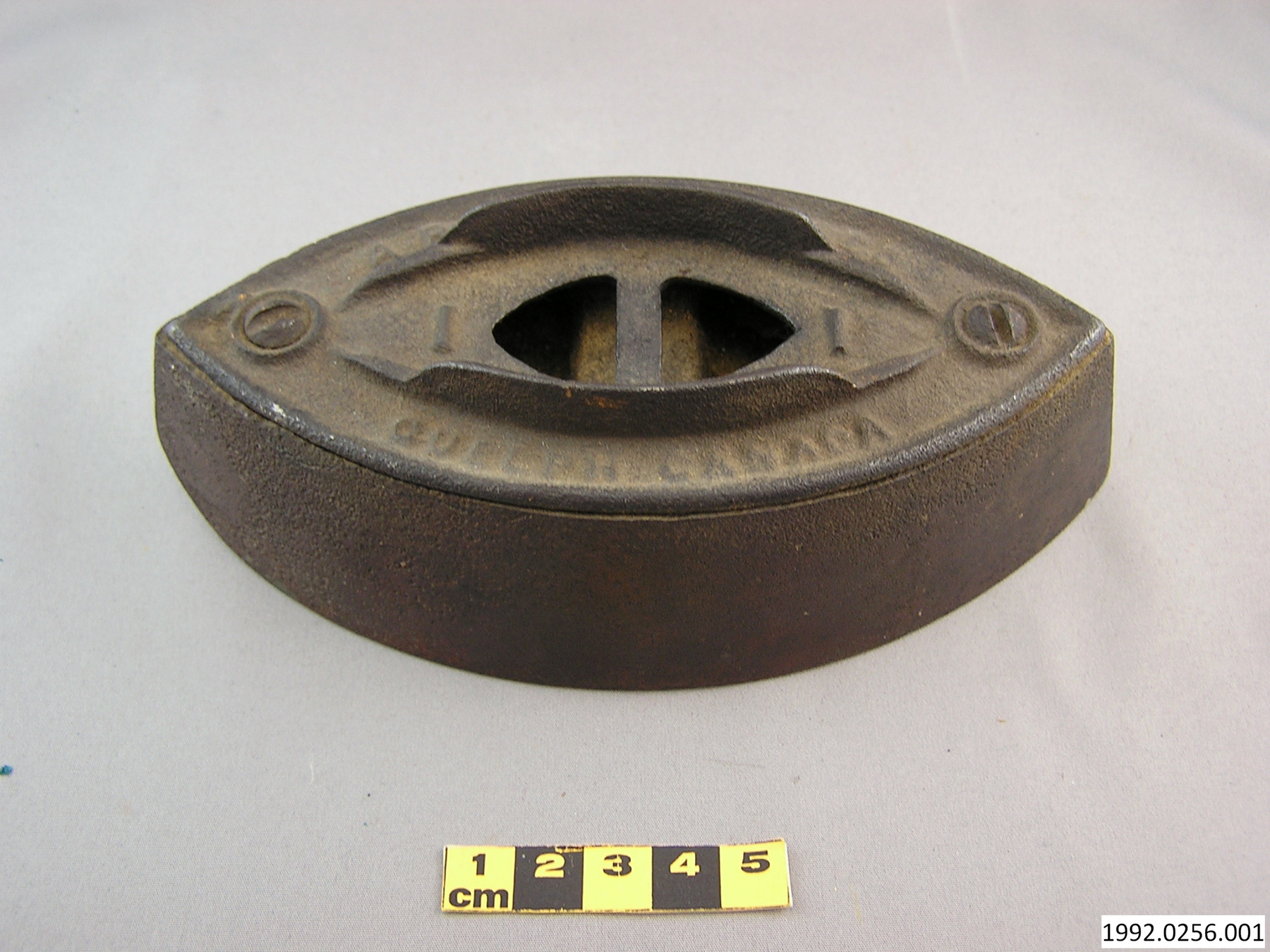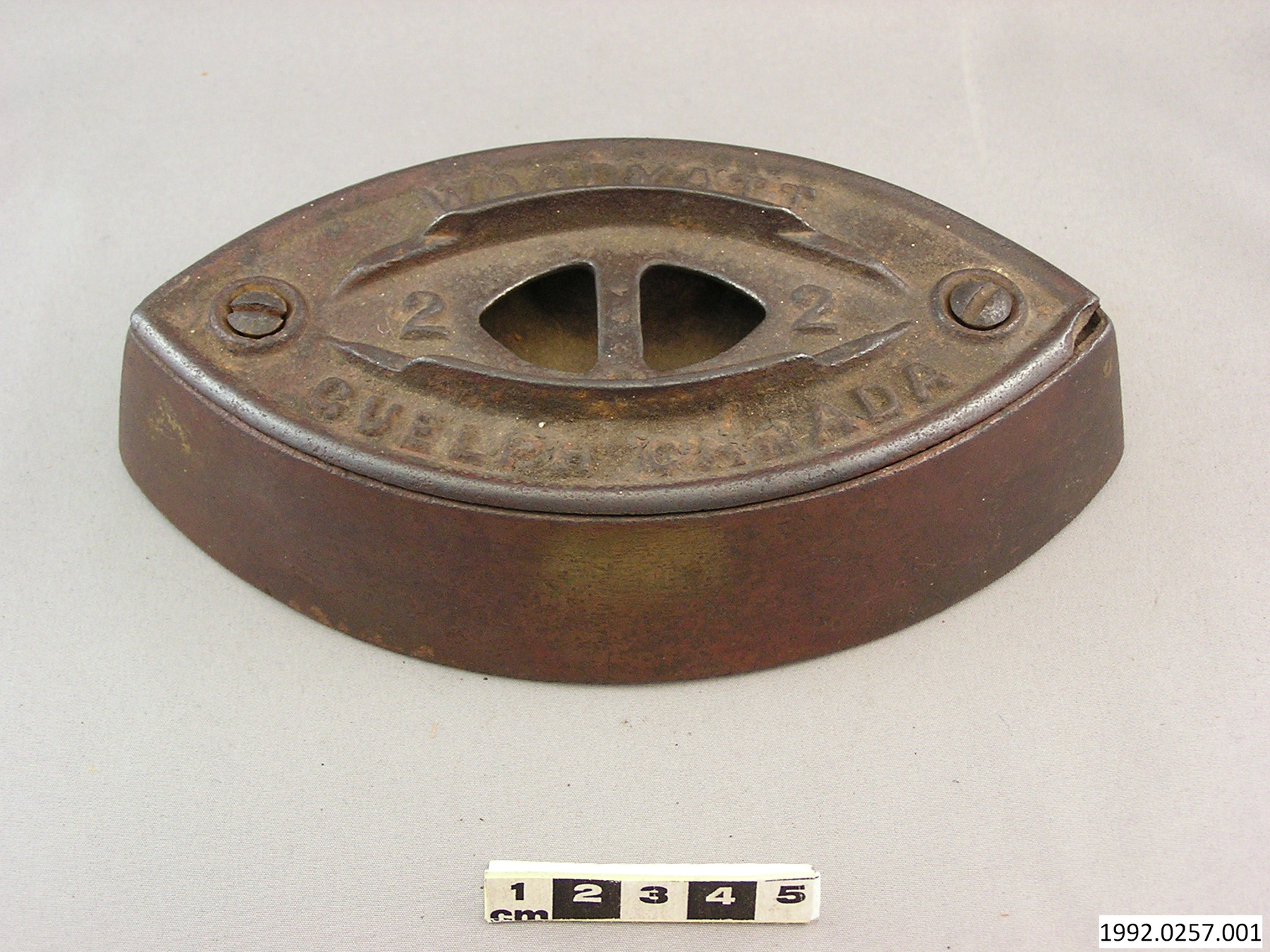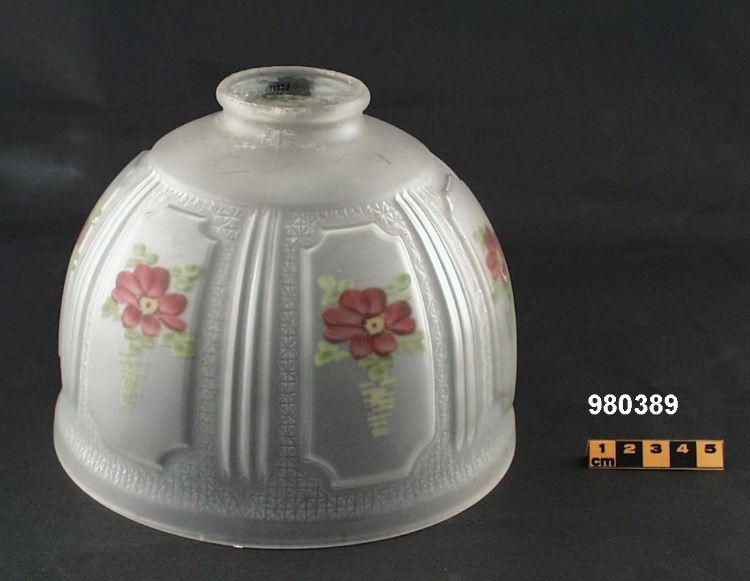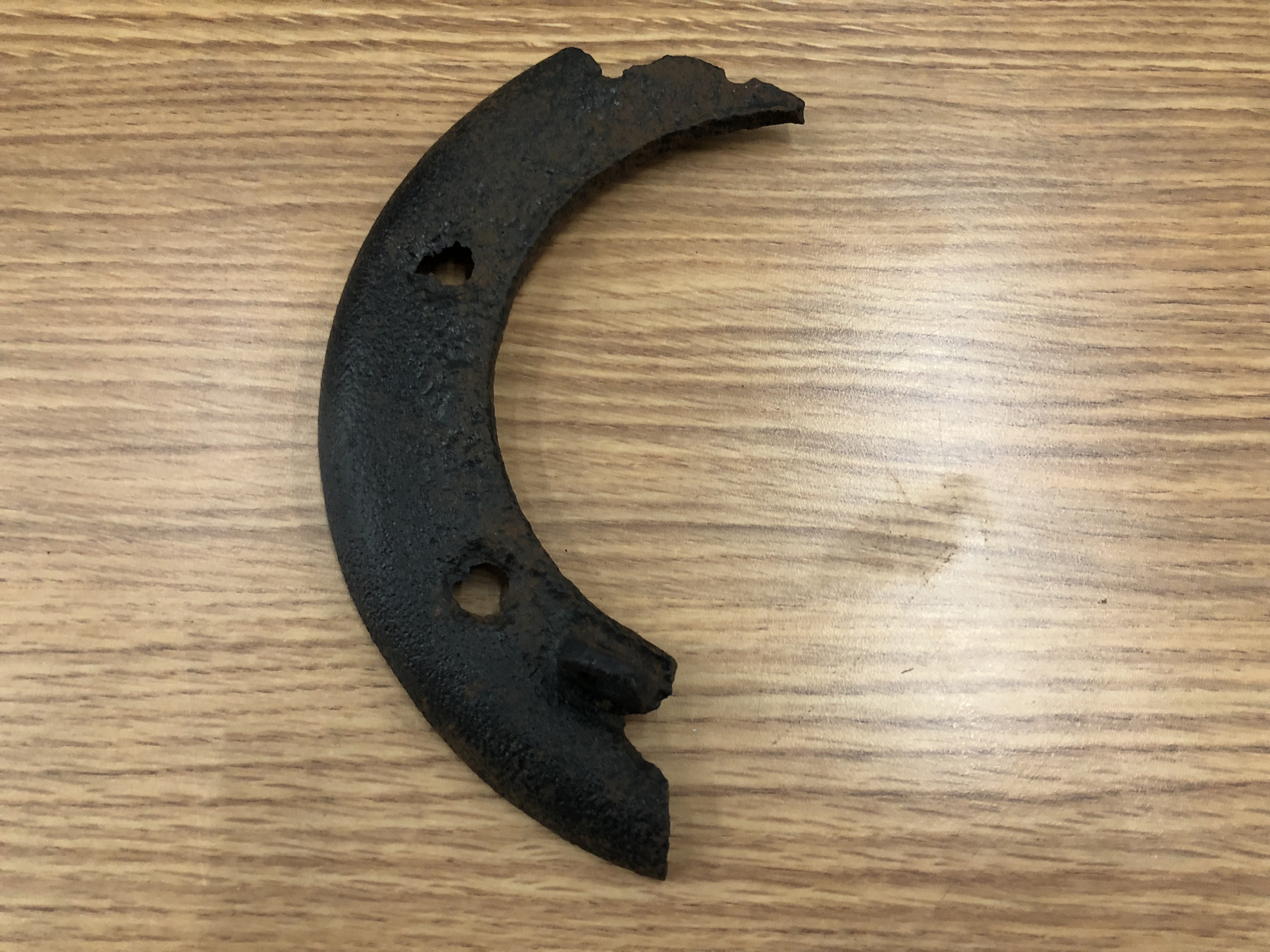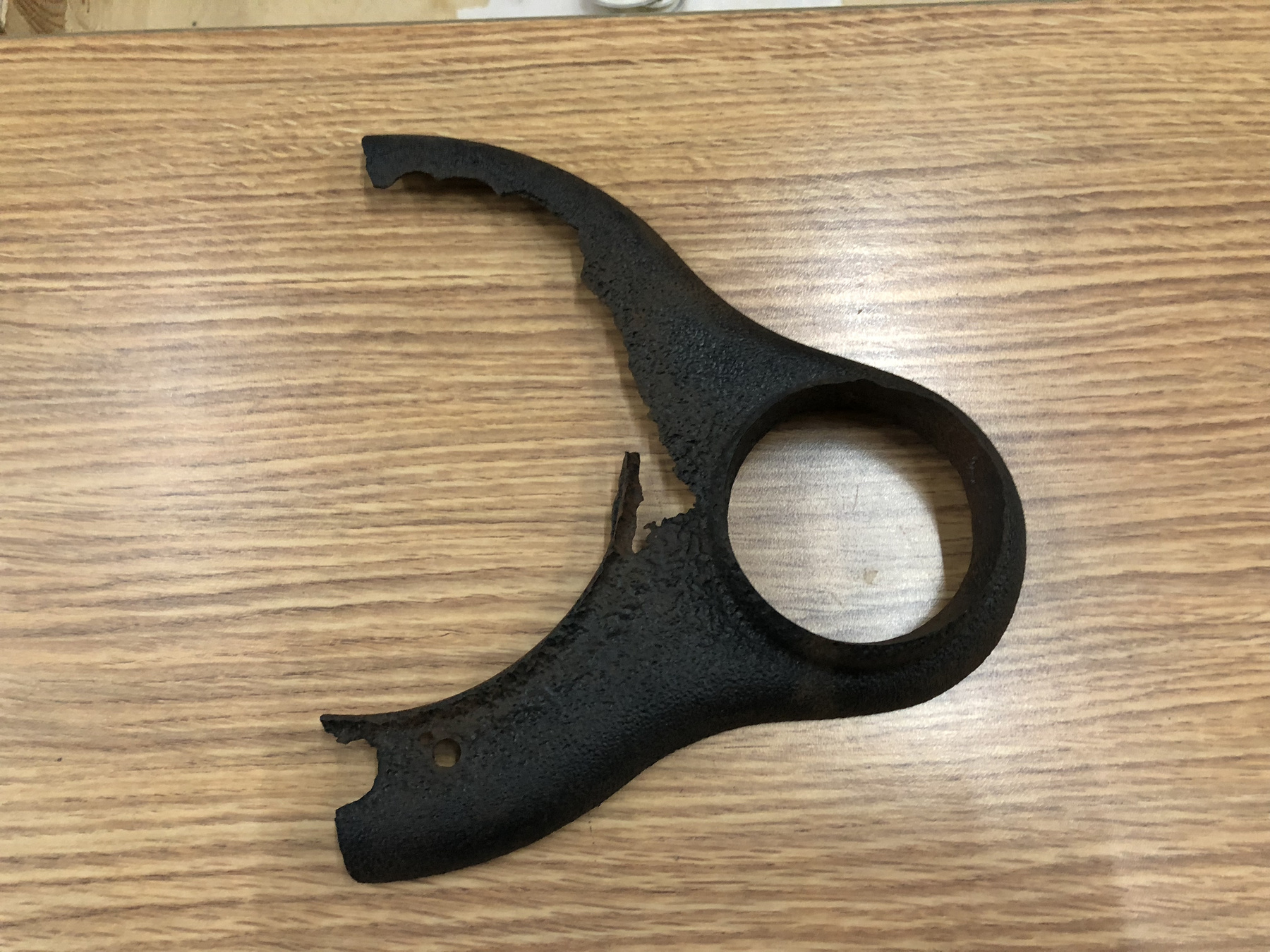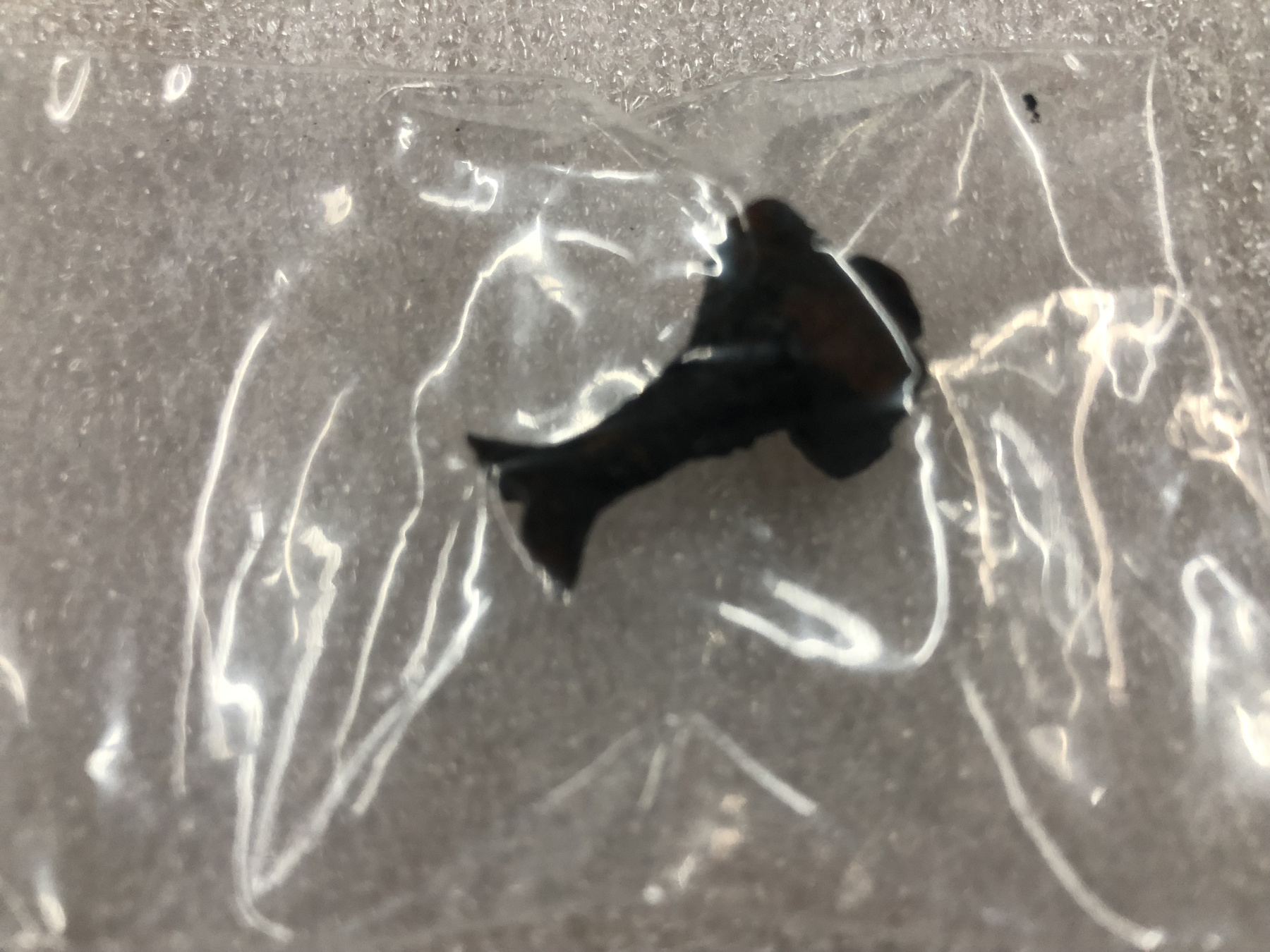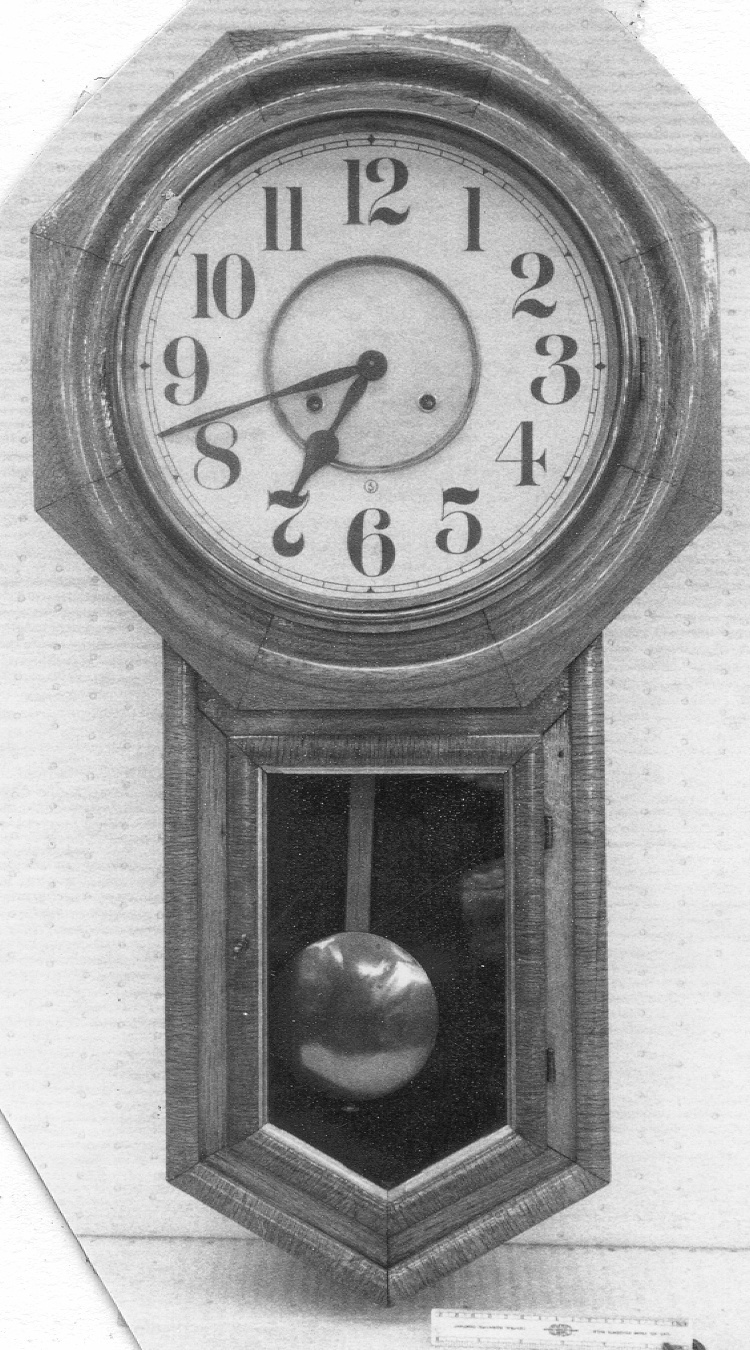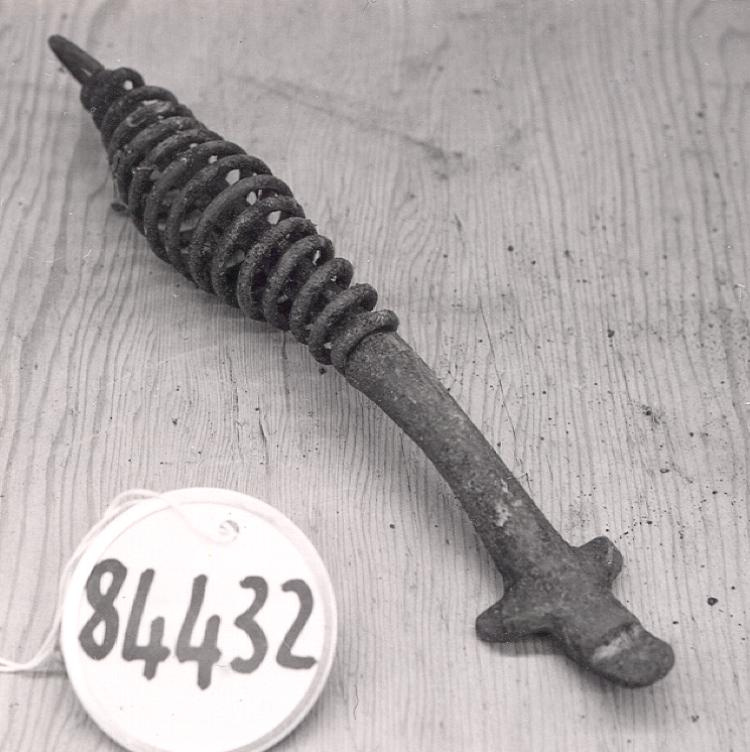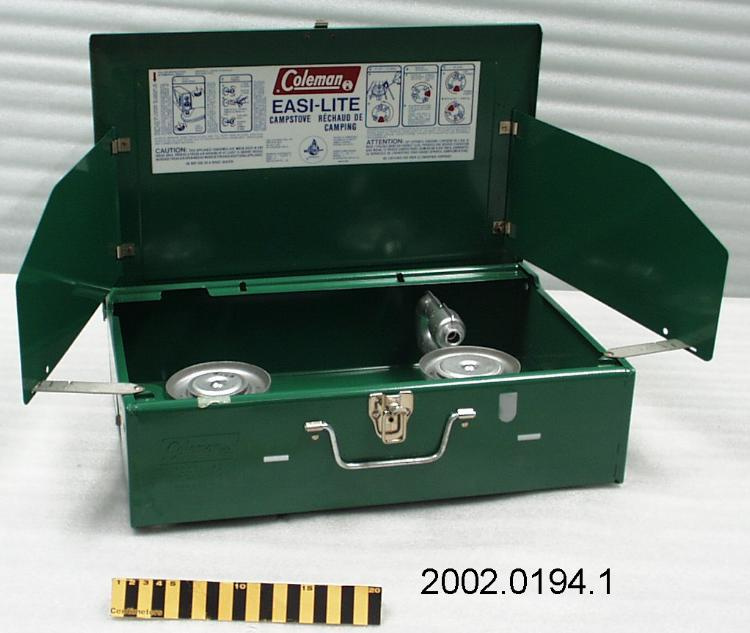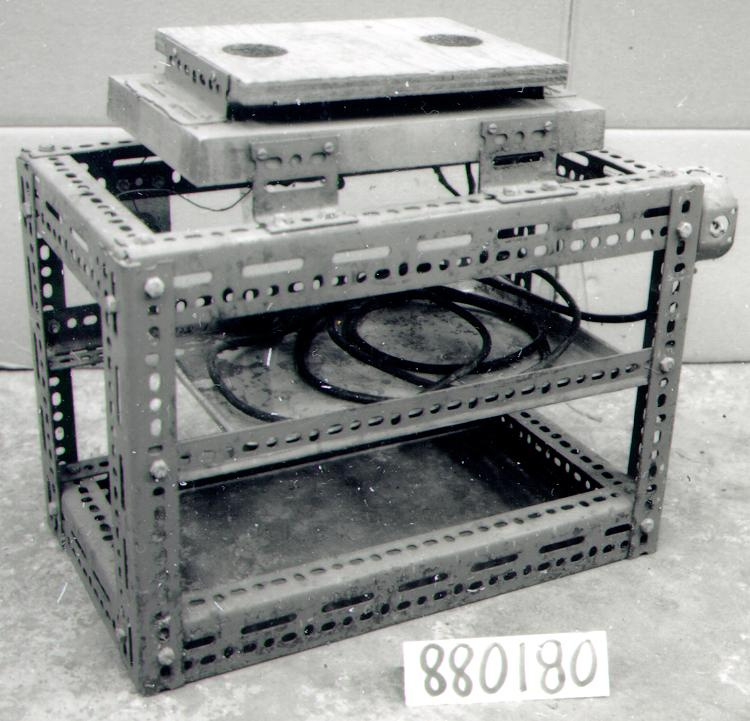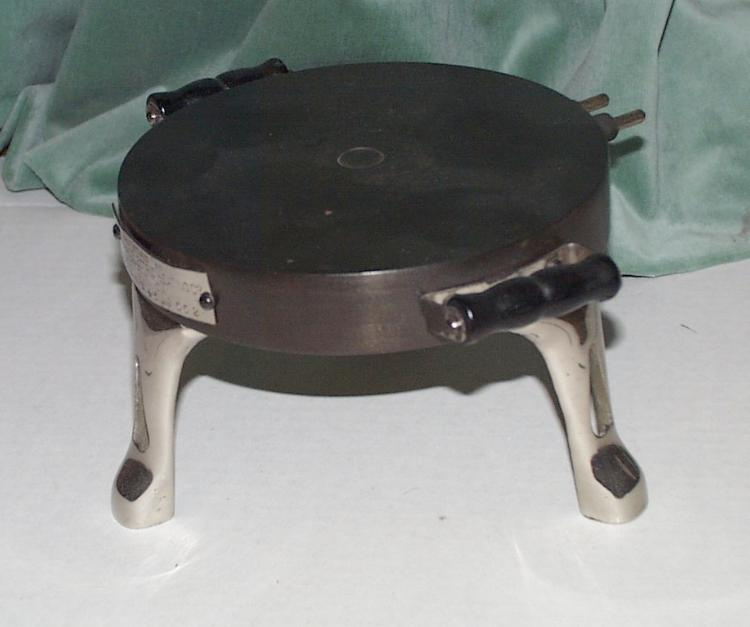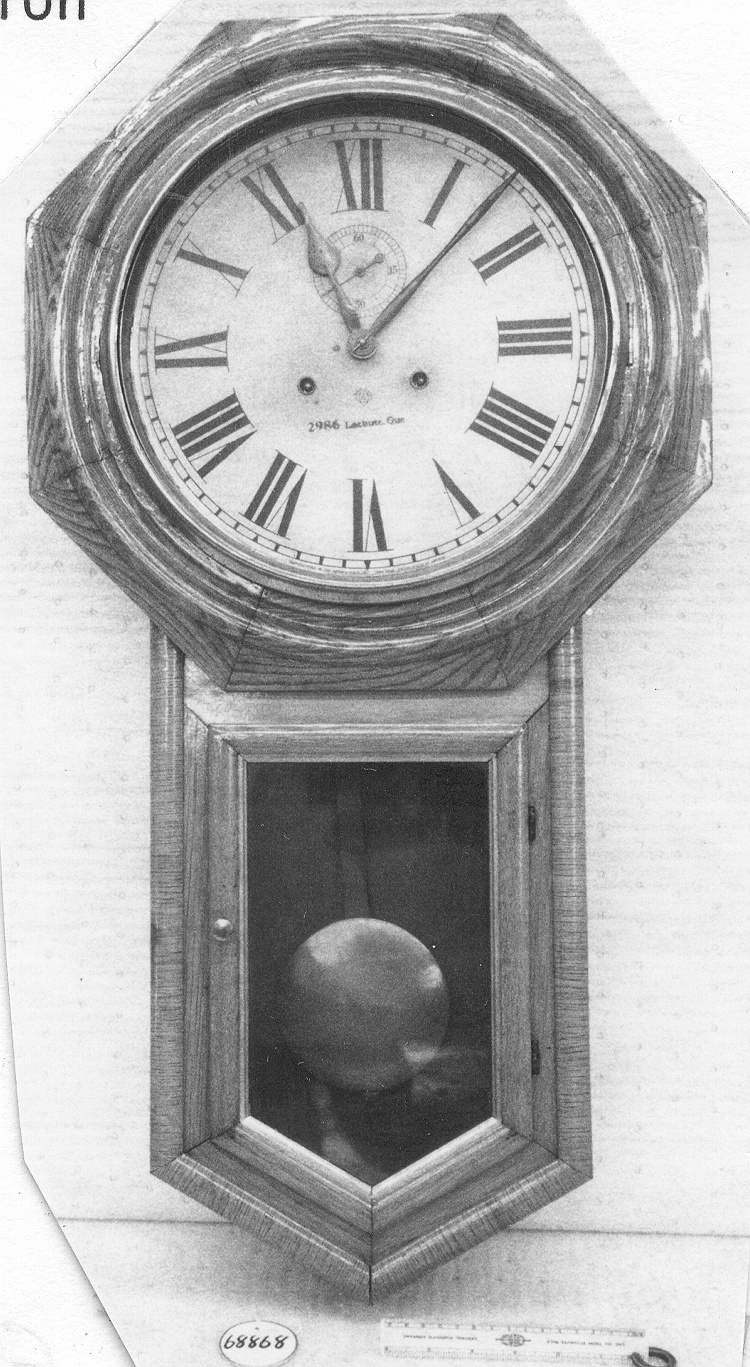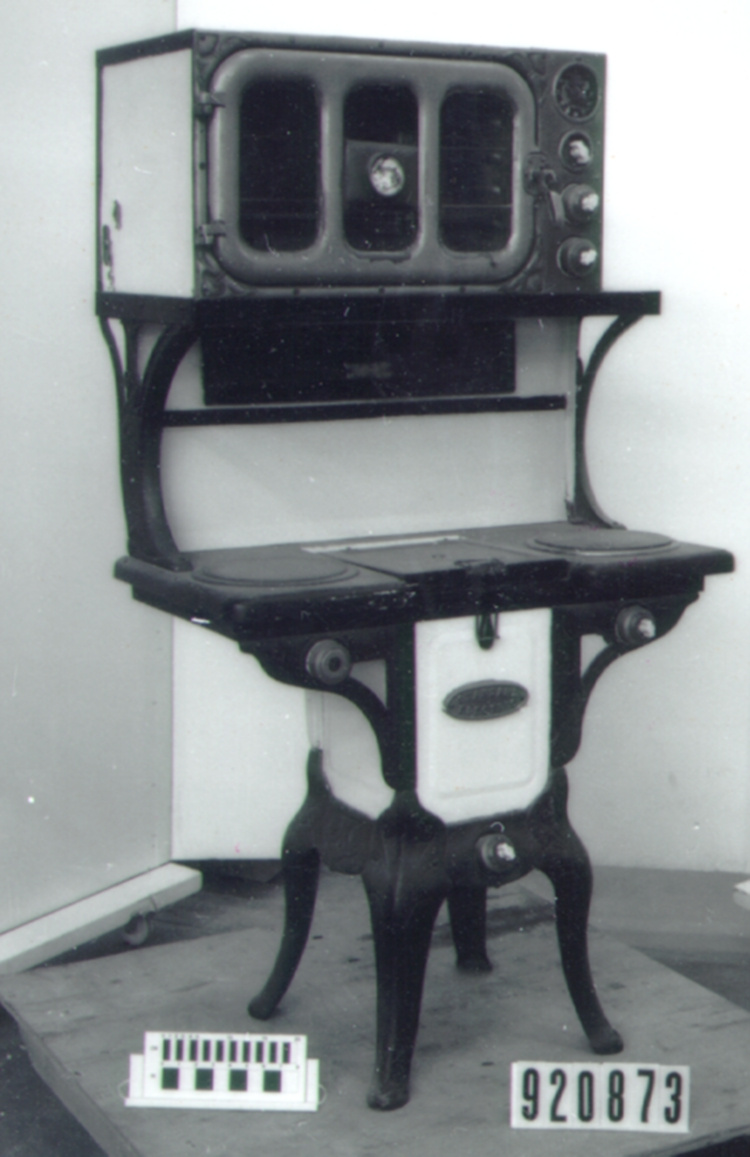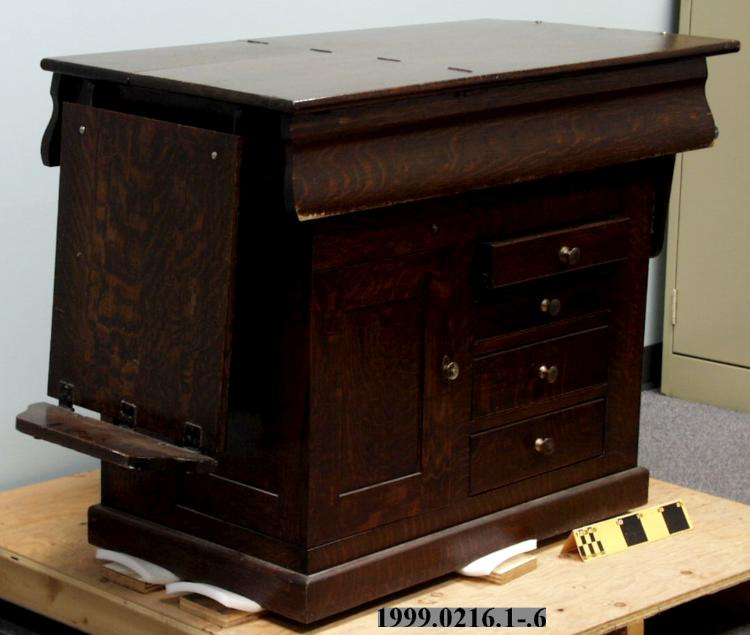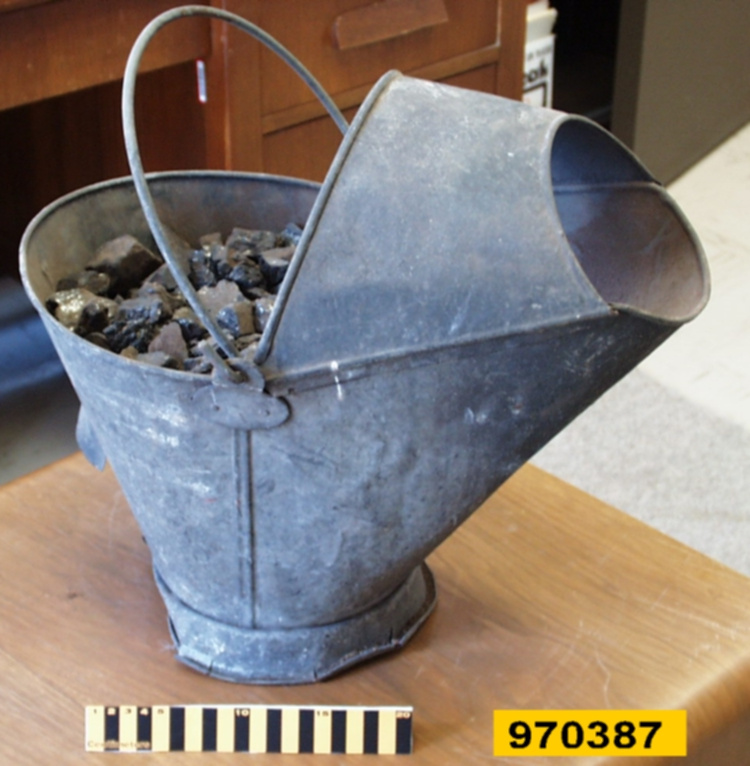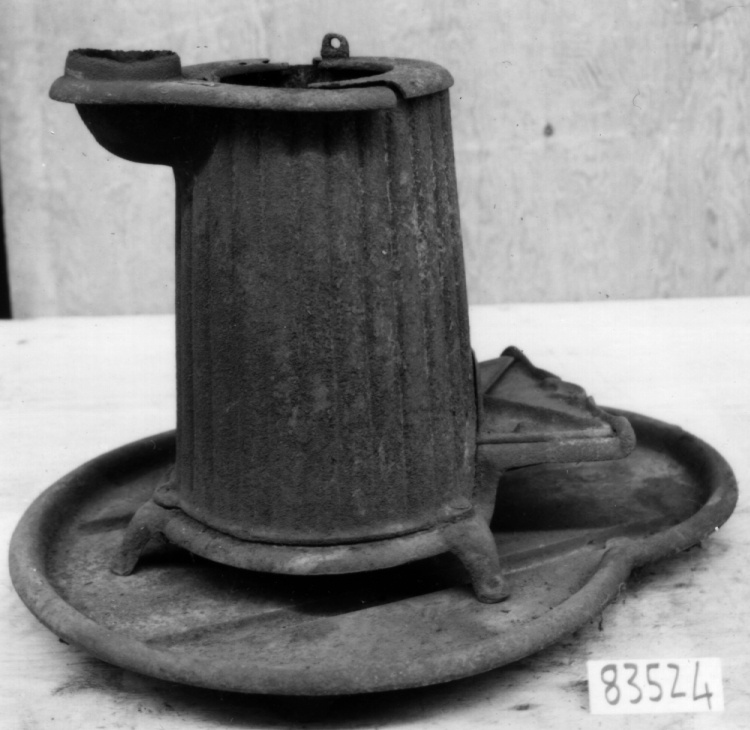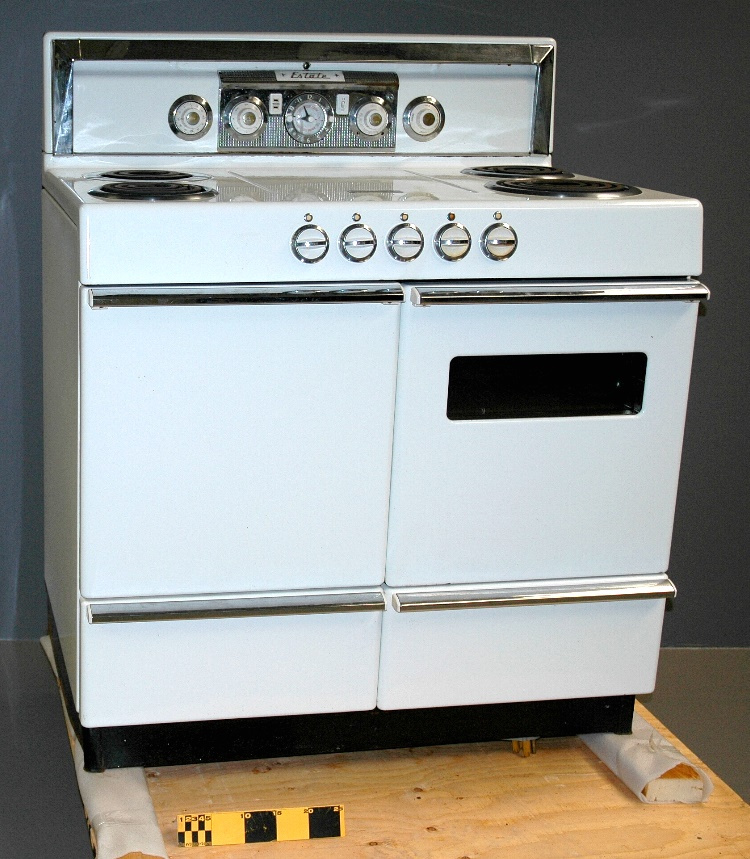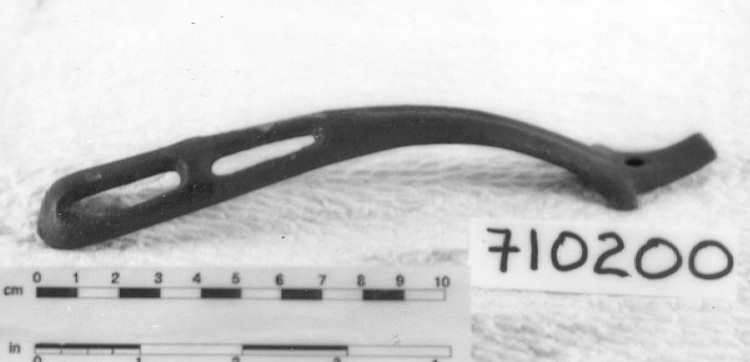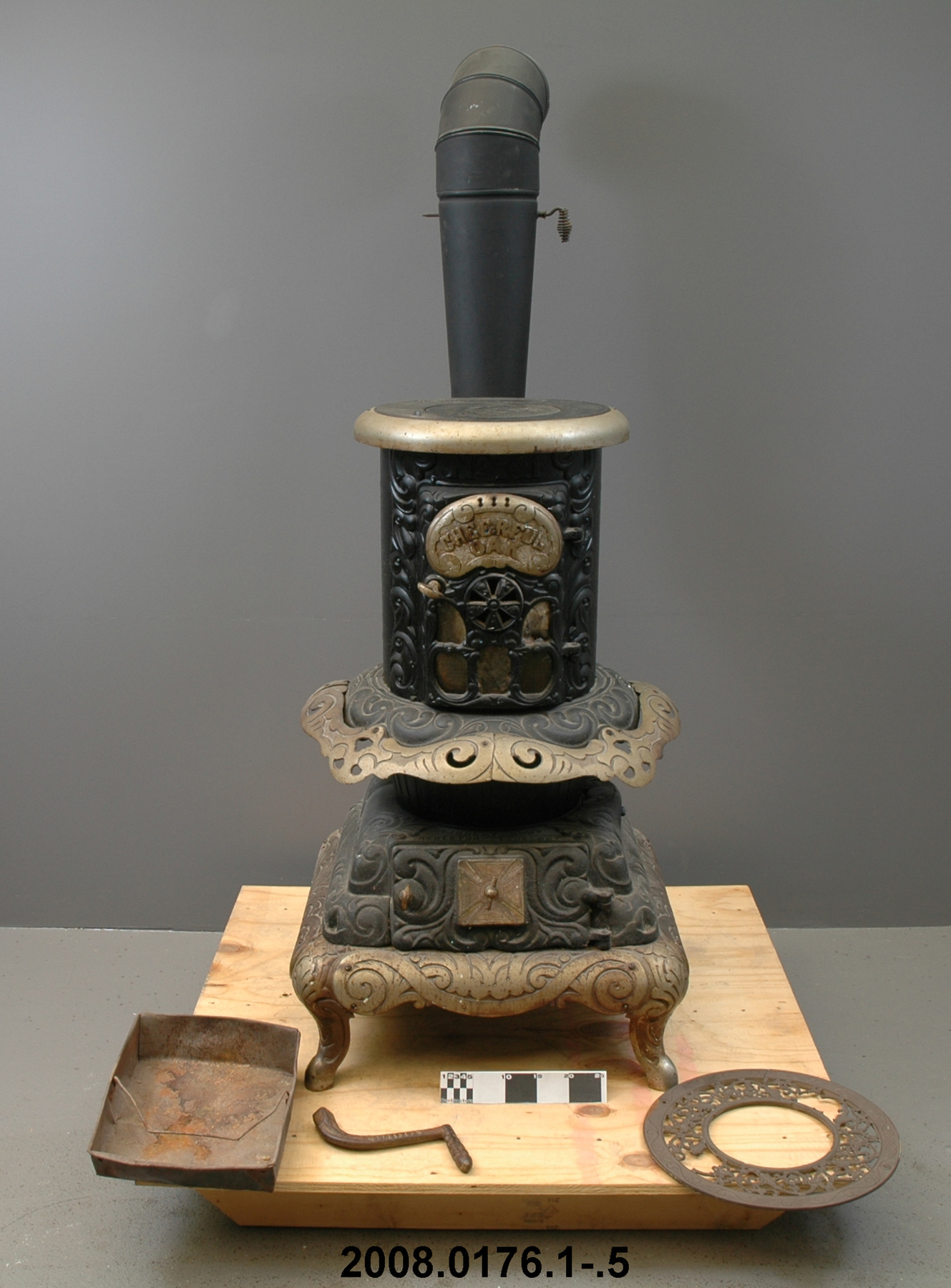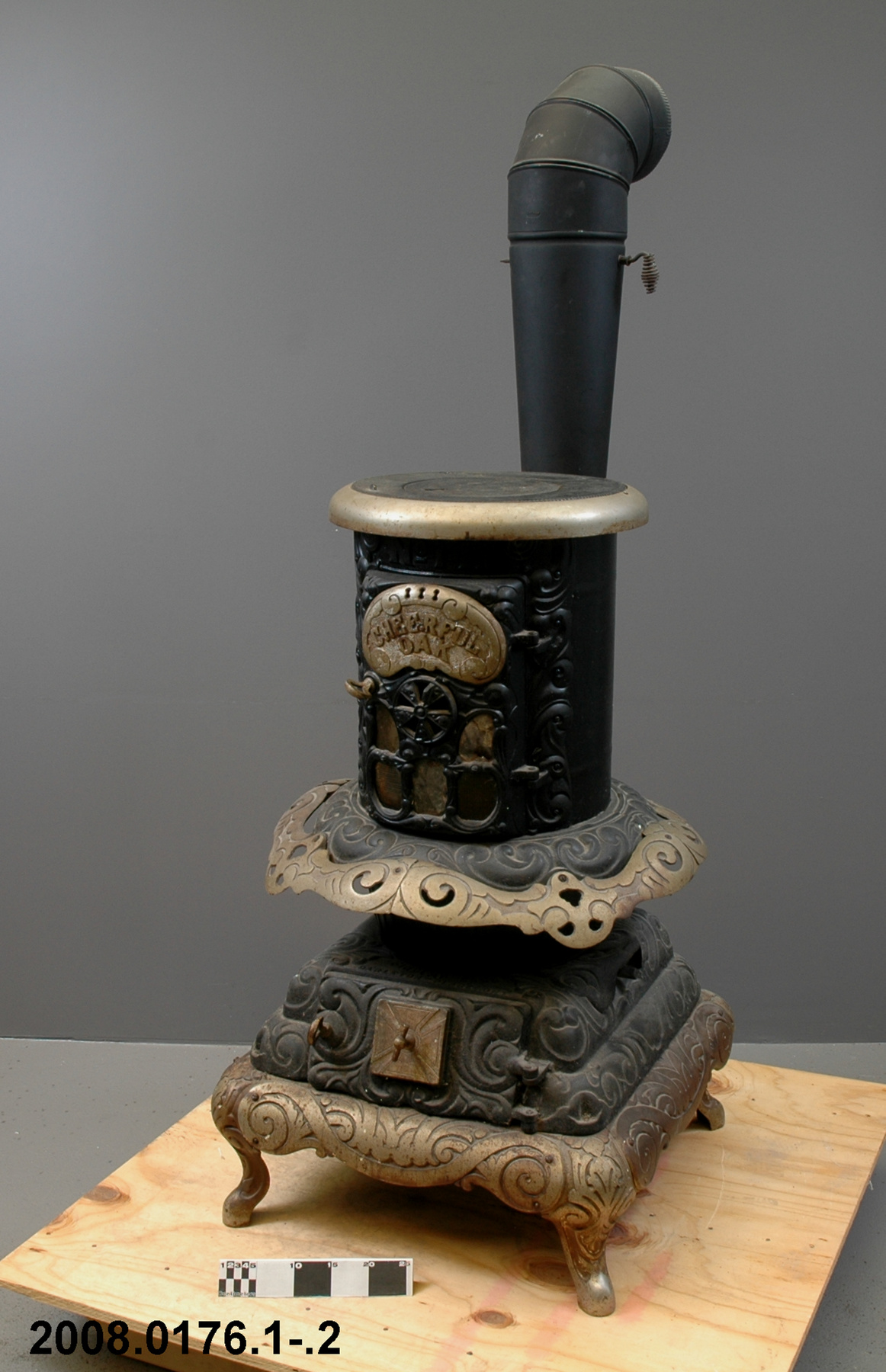Stove
Use this image
Can I reuse this image without permission? Yes
Object images on the Ingenium Collection’s portal have the following Creative Commons license:
Copyright Ingenium / CC BY-NC-ND (Attribution-NonCommercial 4.0 International (CC BY-NC 4.0)
ATTRIBUTE THIS IMAGE
Ingenium,
2008.0176.001
Permalink:
Ingenium is releasing this image under the Creative Commons licensing framework, and encourages downloading and reuse for non-commercial purposes. Please acknowledge Ingenium and cite the artifact number.
DOWNLOAD IMAGEPURCHASE THIS IMAGE
This image is free for non-commercial use.
For commercial use, please consult our Reproduction Fees and contact us to purchase the image.
- OBJECT TYPE
- coal-wood/oak
- DATE
- 1920
- ARTIFACT NUMBER
- 2008.0176.001
- MANUFACTURER
- Findlay Bros.
- MODEL
- Cheerful Oak 141
- LOCATION
- Carleton Place, Ontario, Canada
More Information
General Information
- Serial #
- N/A
- Part Number
- 1
- Total Parts
- 7
- AKA
- N/A
- Patents
- N/A
- General Description
- Cast iron body and parts/ mica sheets in the door
Dimensions
Note: These reflect the general size for storage and are not necessarily representative of the object's true dimensions.
- Length
- 64.0 cm
- Width
- 64.0 cm
- Height
- 104.5 cm
- Thickness
- N/A
- Weight
- N/A
- Diameter
- N/A
- Volume
- N/A
Lexicon
- Group
- Domestic Technology
- Category
- Environment control
- Sub-Category
- N/A
Manufacturer
- AKA
- Findlay
- Country
- Canada
- State/Province
- Ontario
- City
- Carleton Place
Context
- Country
- Canada
- State/Province
- Ontario
- Period
- circa 1920 +
- Canada
-
The parlour stove is an example of a type of heating device used in Canadian homes from the 1890s to the 1920s. This stove was used at the turn of the 20th century in the home of Mr. Robert Brown, the grandfather-in-law of the donor. Mr. Brown purchased and used the stove in his house originally located at the intersection of Sparks and Bay streets in Ottawa. He was the founder of Robert Brown and Sons Monuments Ltd., a company in operation between 1877 and 1998 which specialized in the production of marble and masonry works. According to the Canadian Trade Index of 1930, they owned quarries in Lyndhurst, ON. In the Ottawa area they made most of the gravestones in Beechwood Cemetery and of Prime Minister Lester Pearson's grave in Wakefield, PQ, the Canadian Coat of Arms at the National Gallery and the lettering of some statues on Wellington St. Jointly with an engineering firm, the company took part in the renovation of the masonry at the Rideau Canal National Historic Site. The foundry established in 1862 in Carleton Place, ON, by a blacksmith, David Findlay, began making cast iron stoves in 1871. Until the end of its activities in 1974, the Findlay Stove Co. specialized in the production of a wide variety of heating and cooking stoves. They also manufactured the combination stoves that could use coal or wood and, from the 1930s, coal, wood or electricity. The Findlay Stove Co. (eventually known as Findlay's), became, over the years, the most important manufacturer in the area, and became known across Canada and in many countries. The "Cheerful Oak" model and other stoves were distributed across Canada and in England, Australia, Chile, Jamaica and Trinidad. - Function
-
A device used to raise the ambient temperature of a room or building, especially in cold weather. - Technical
-
In the 19th century, the making of home heating stoves was inspired by the early industrial processes first applied at Les Forges du Saint-Maurice, near Trois Rivières, PQ. Techniques such as the melting of iron in a blast furnace and the use if sand moulds with a patterned cavity for making stove parts were transferred from Britain, France and the U.S. were eventually adopted and transformed by Canadian ironmasters. Each part of the stove was cast separately and solidly assembled. To prevent plagiarism of the moulds of decorative motifs by competitors, many makers patented their products and indicated the model number on all parts. In the 19th century, the use of wood stoves was common in rural areas with an abundant supply of wood. Residents of most large cities used coal and coal gas (which became available in the 1860s) for lighting and household activities, and after 1900 benefitted from the infrastructure established to ensure distribution. This facilitated the use of coal for heating stoves, particularly in upper-class households. Stoves of cylindrical shape - also called "parlour" stoves - became very popular from the 1860s. This was probably because of their efficiency in heating the vast spaces of public buildings such as railway stations, offices, stores and eventually the various rooms of huge Victorian residences. Canadian foundries produced many models, featuring a basic pattern: a cylindrical body surrounded by a skirt and supported by a base with stylized legs. The growing use of parlour stoves in the various rooms of the house became an incentive to aesthetic criteria being used in their design and manufacture. Between the 1860s and the 1920s, manufacturers offered heating stoves in a variety of styles, from the Victorian neo-classical to the eclectic style, or following the trends of the Arts and Crafts and Art Nouveau movements. Flower and curved motifs came into extensive use at the turn of the 20th century. - Area Notes
-
Unknown
Details
- Markings
- Raised lettering on the door reads 'CHEERFUL OAK'/ Raised lettering above the door reads 'No 141'/ Raised lettering on the lower stove front reads 'FINDLAY BROS/ CARLETON PLACE ONT'
- Missing
- Top hat replaced by chimney pipe.
- Finish
- Painted black with nickel plated skirt, base edgings and parts
- Decoration
- Cast curvilinear and semi-floral designs on the stove body, skirt and other ornamental pieces/ row of short cast bars around the edge of the cylindrical top
CITE THIS OBJECT
If you choose to share our information about this collection object, please cite:
Findlay Bros., Stove, circa 1920, Artifact no. 2008.0176, Ingenium – Canada’s Museums of Science and Innovation, http://collection.ingeniumcanada.org/en/item/2008.0176.001/
FEEDBACK
Submit a question or comment about this artifact.
More Like This
